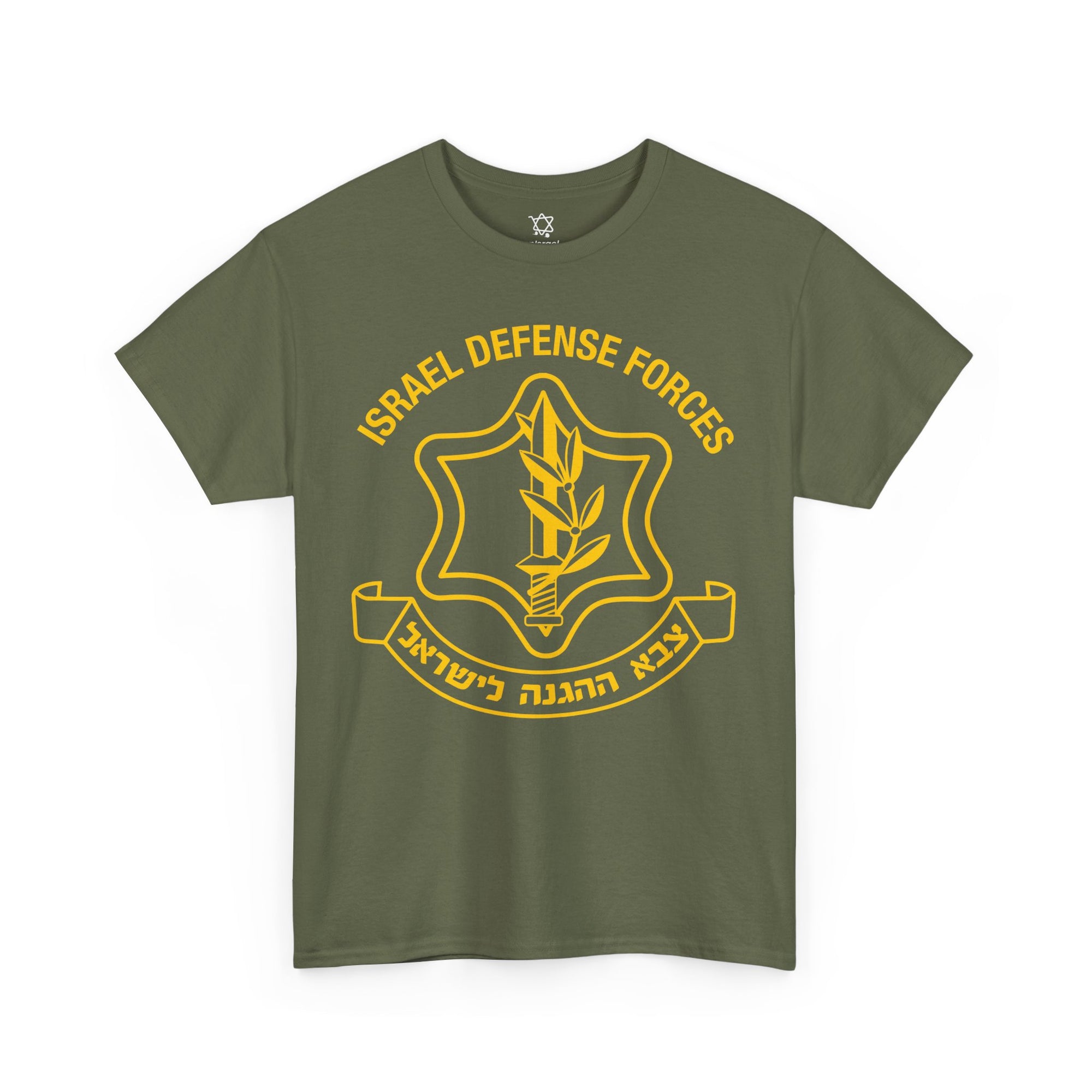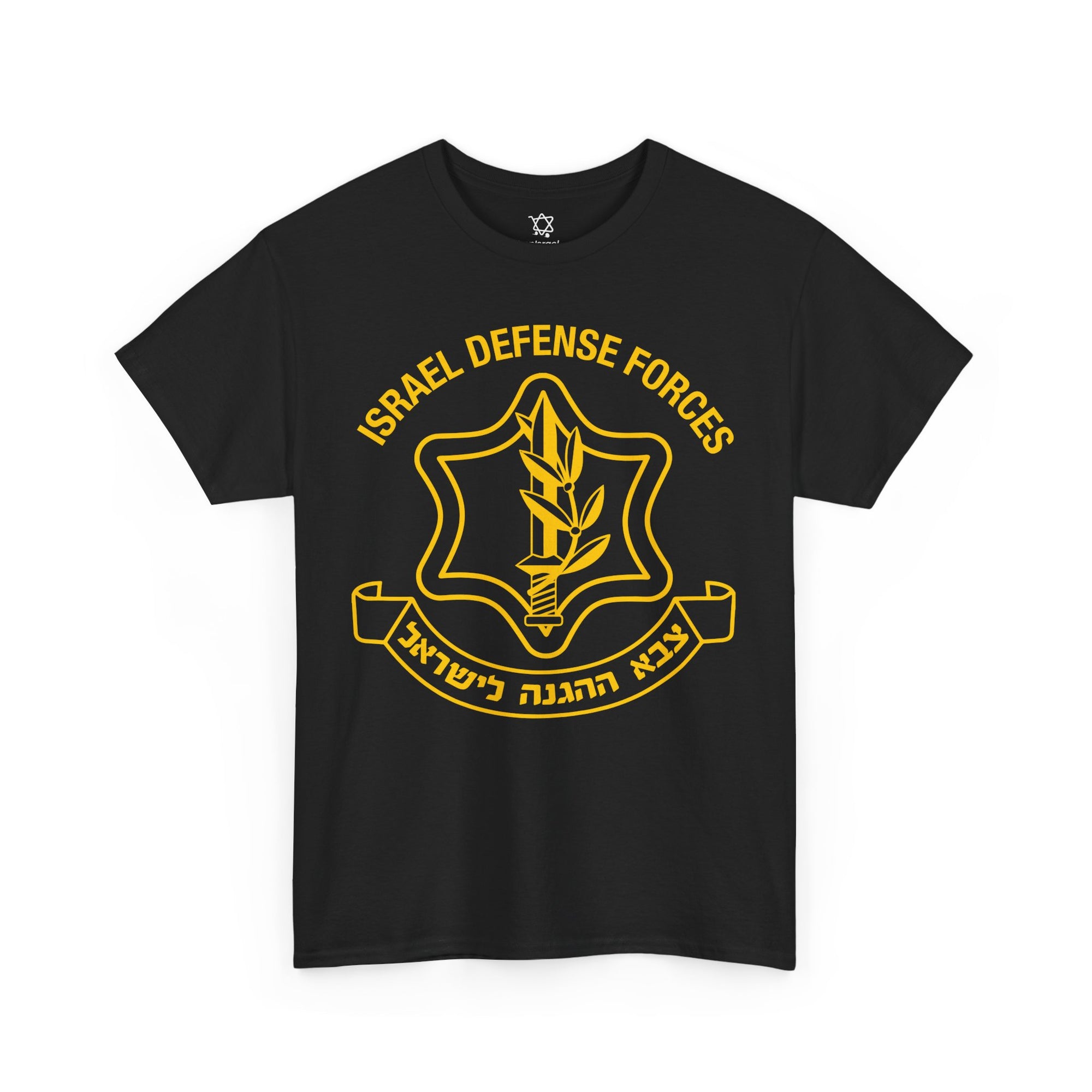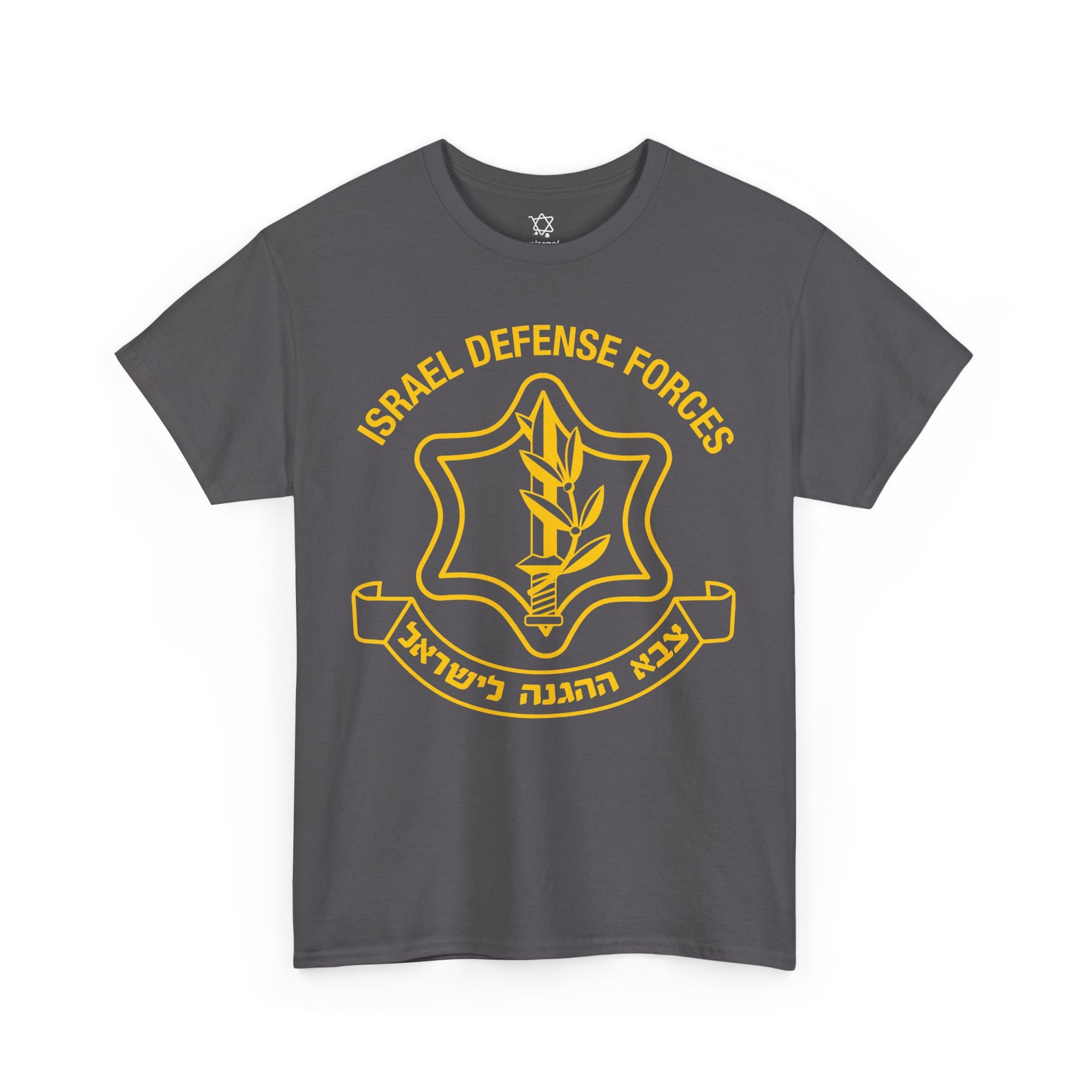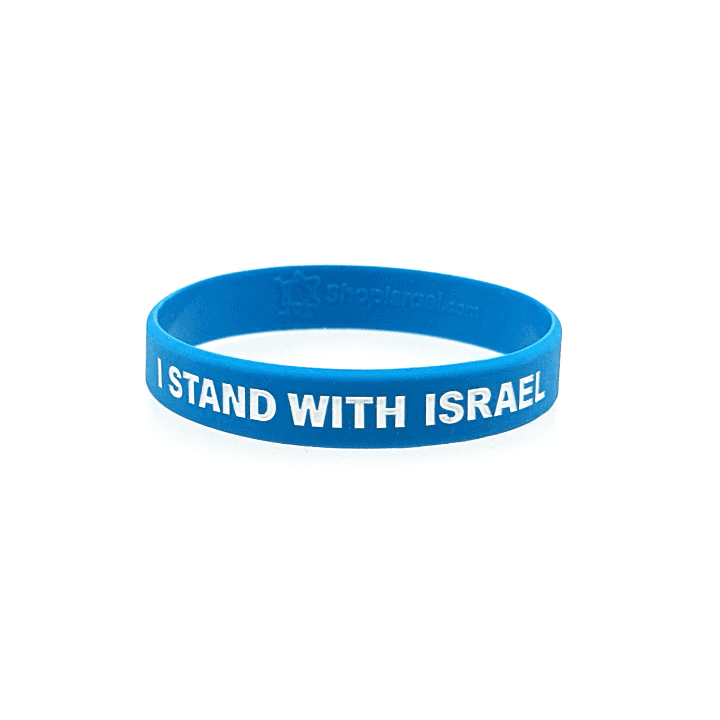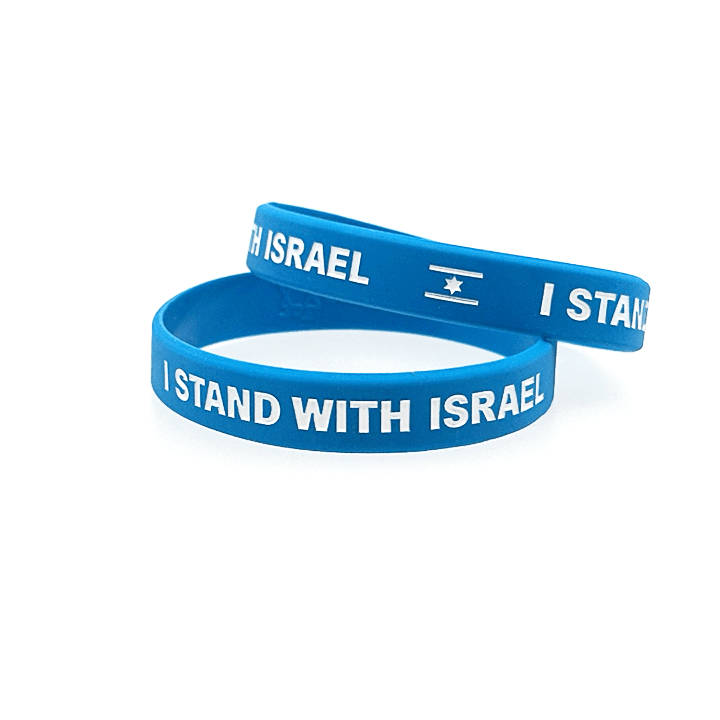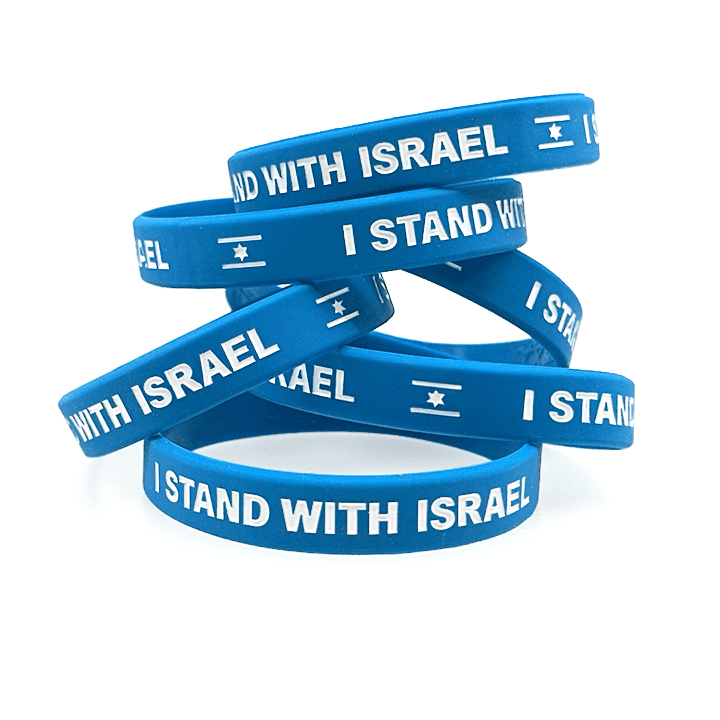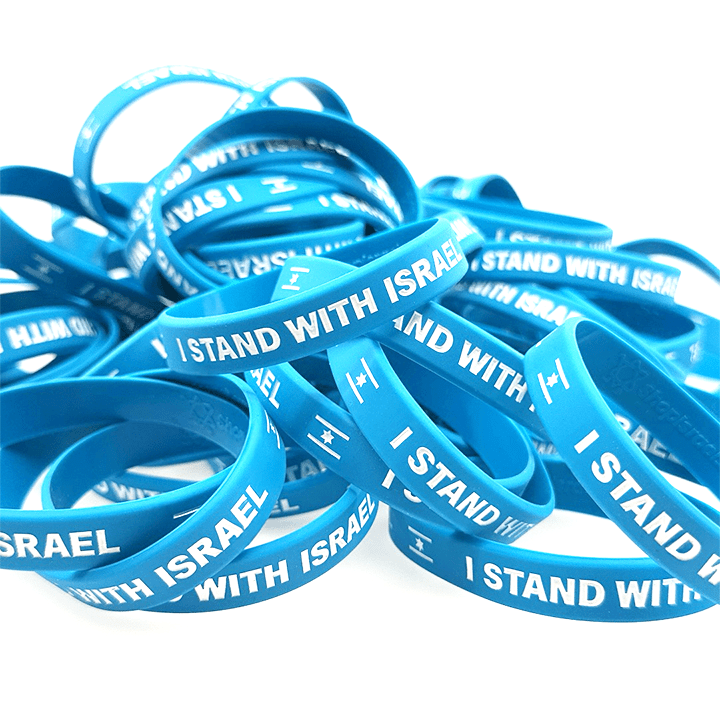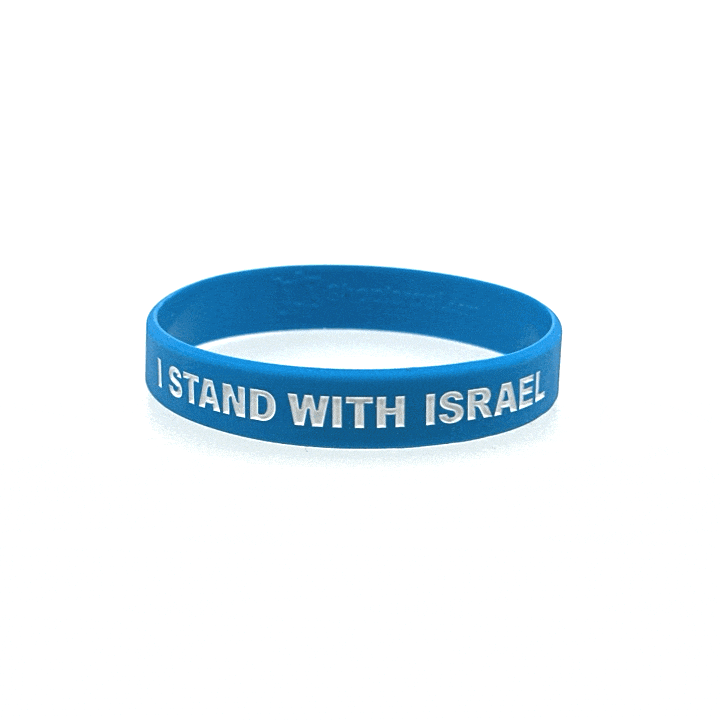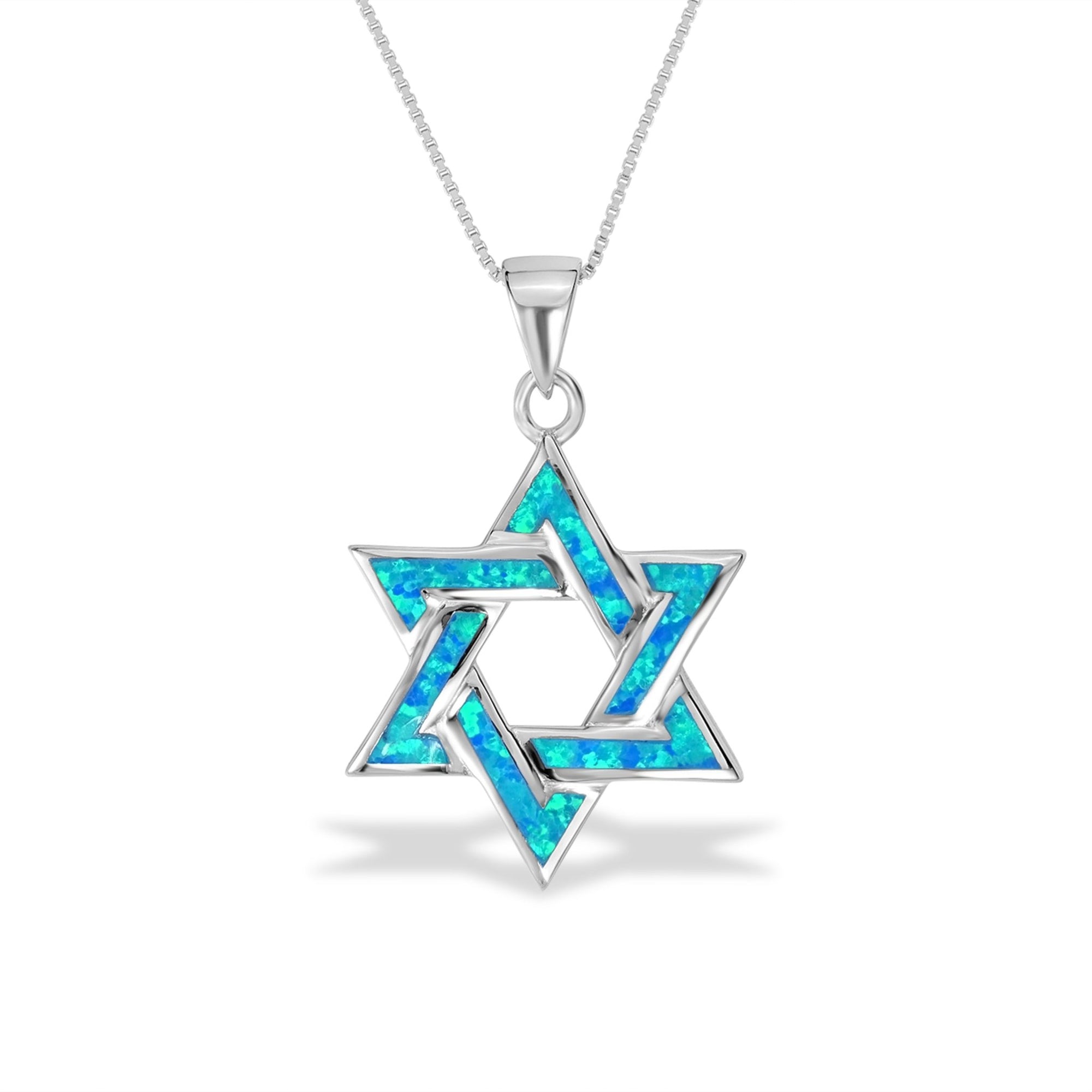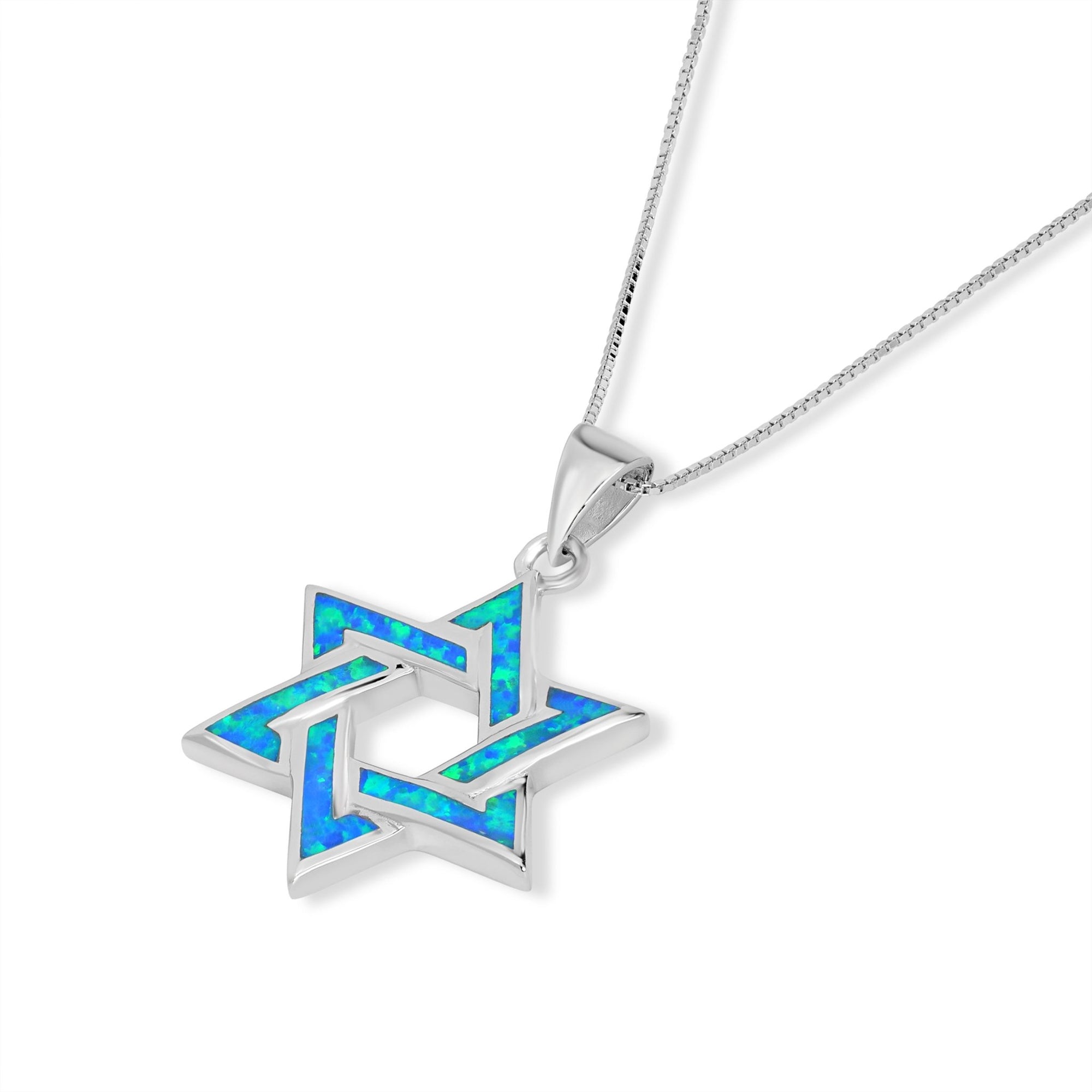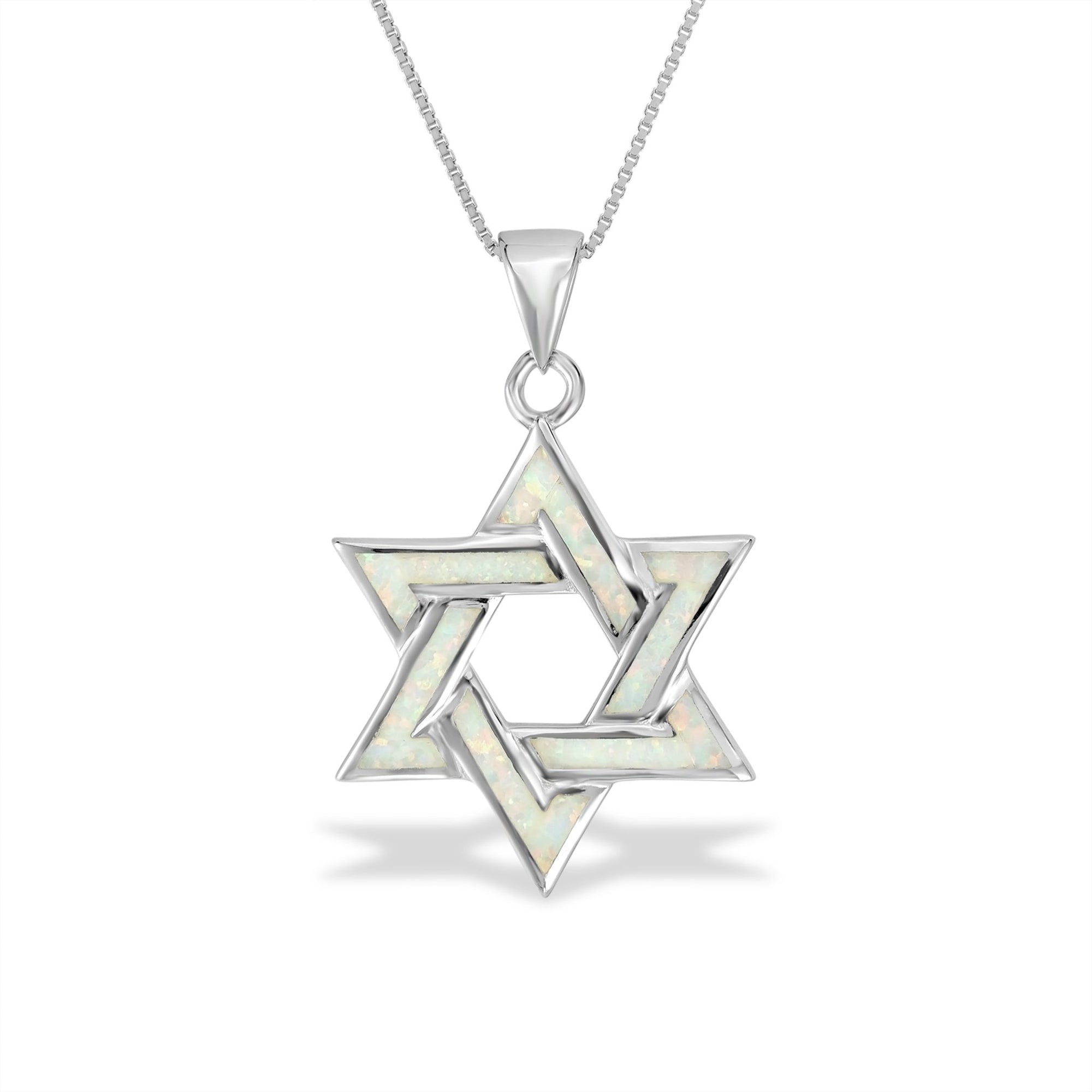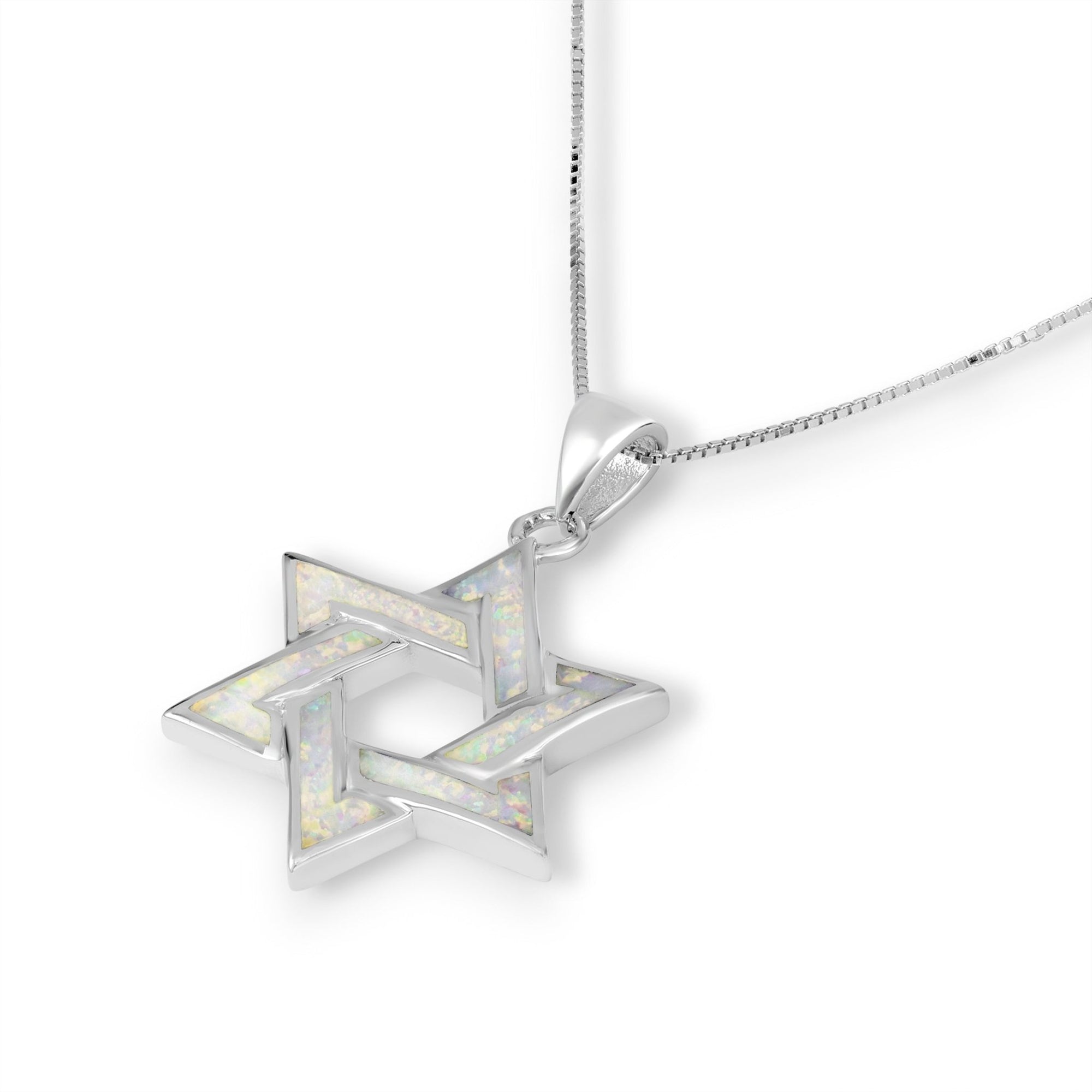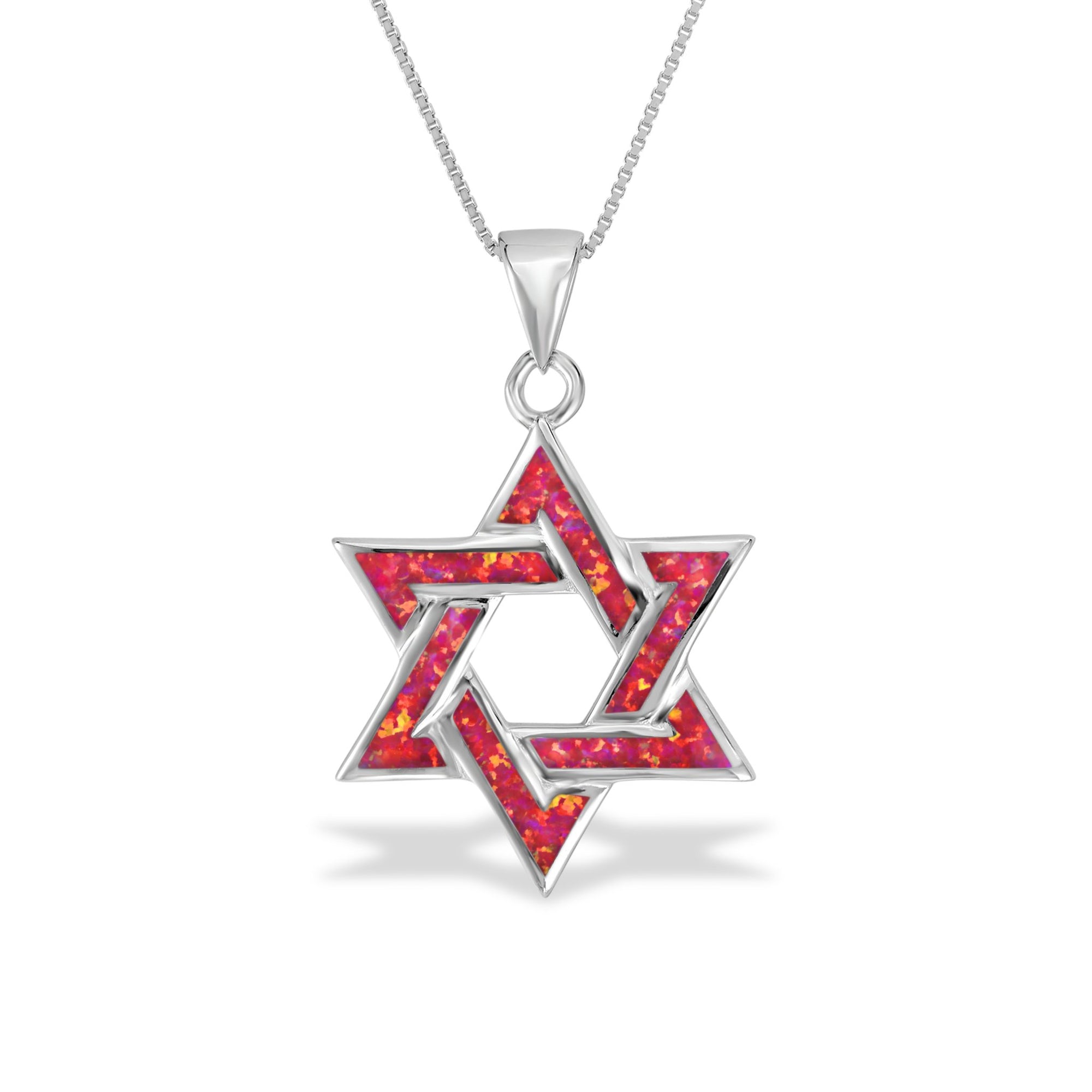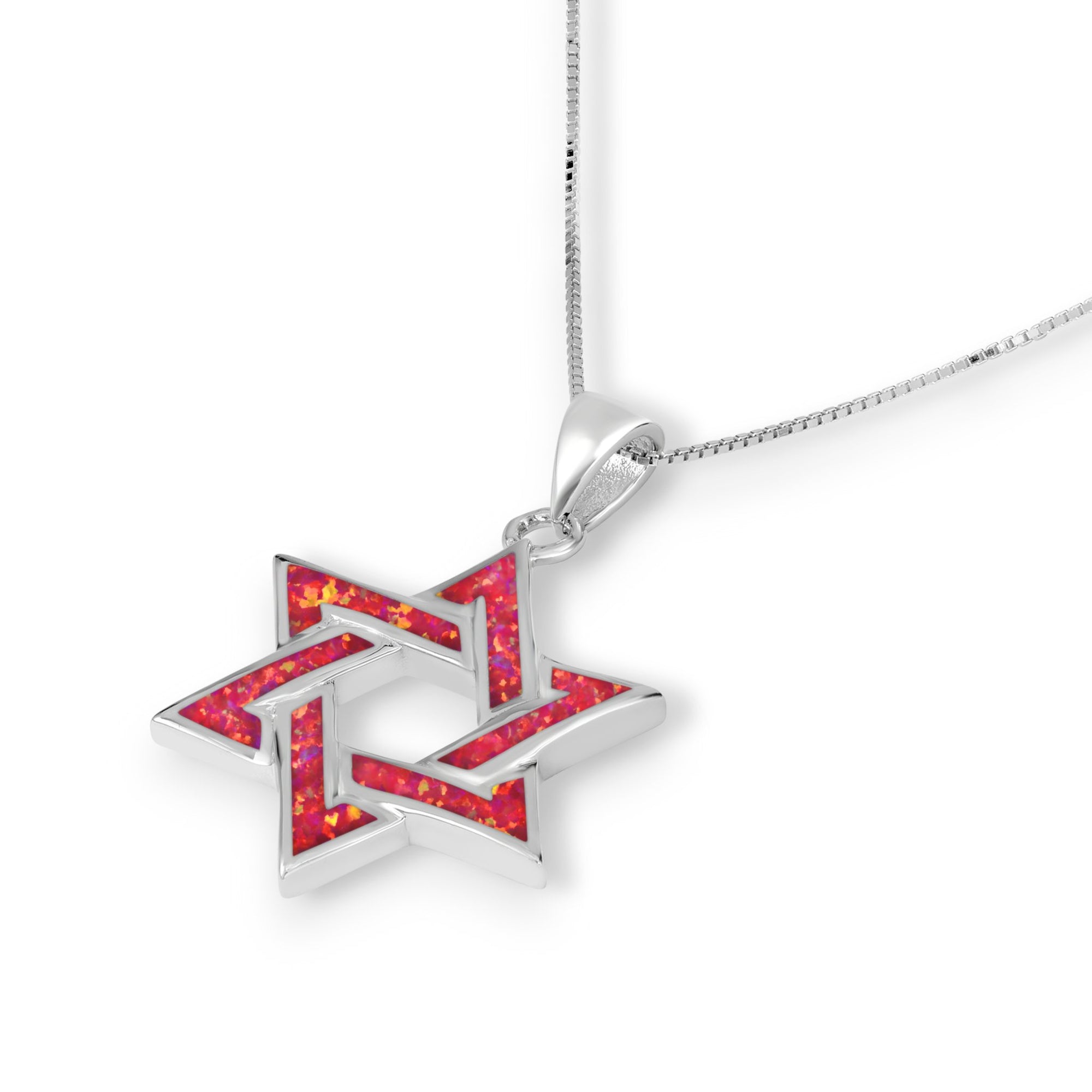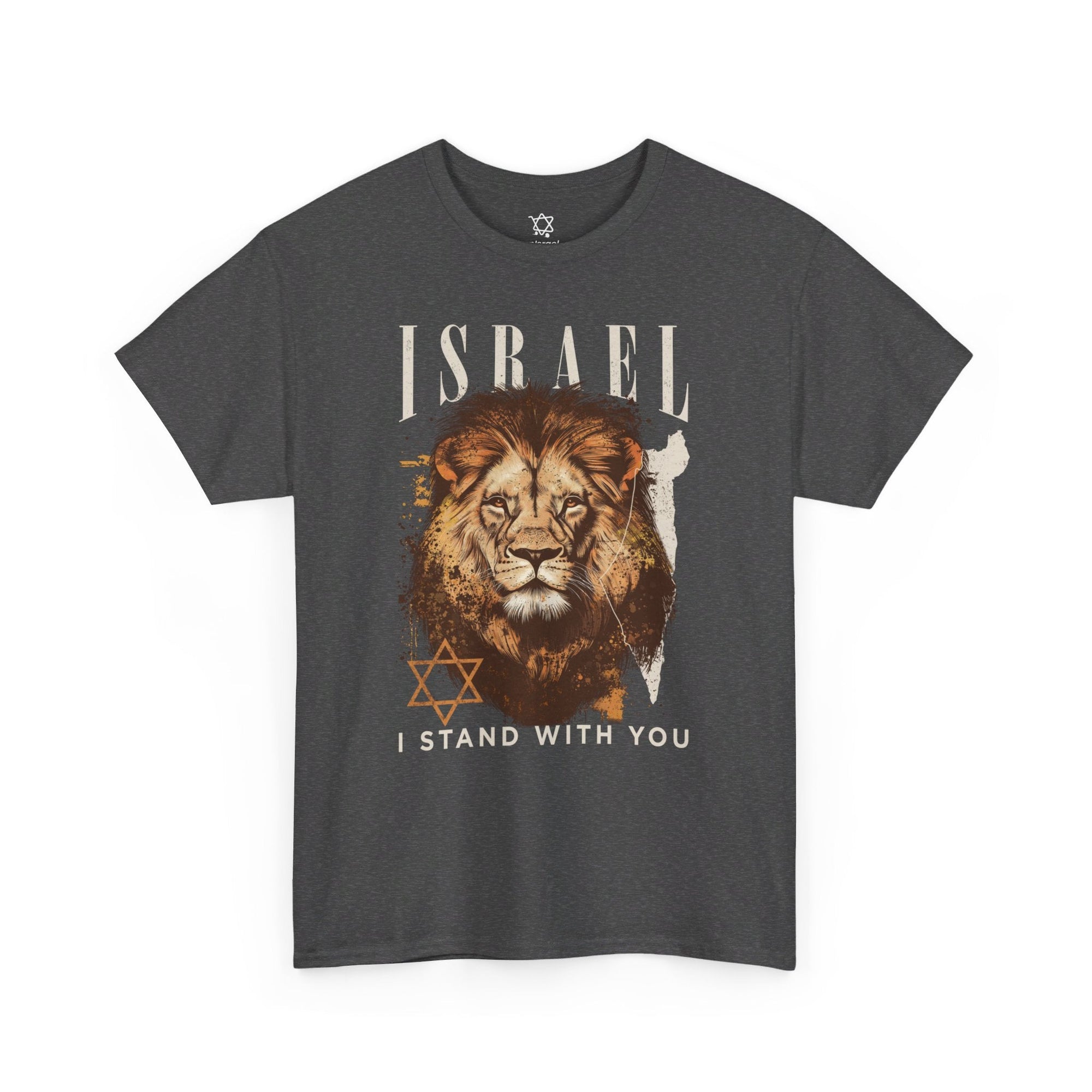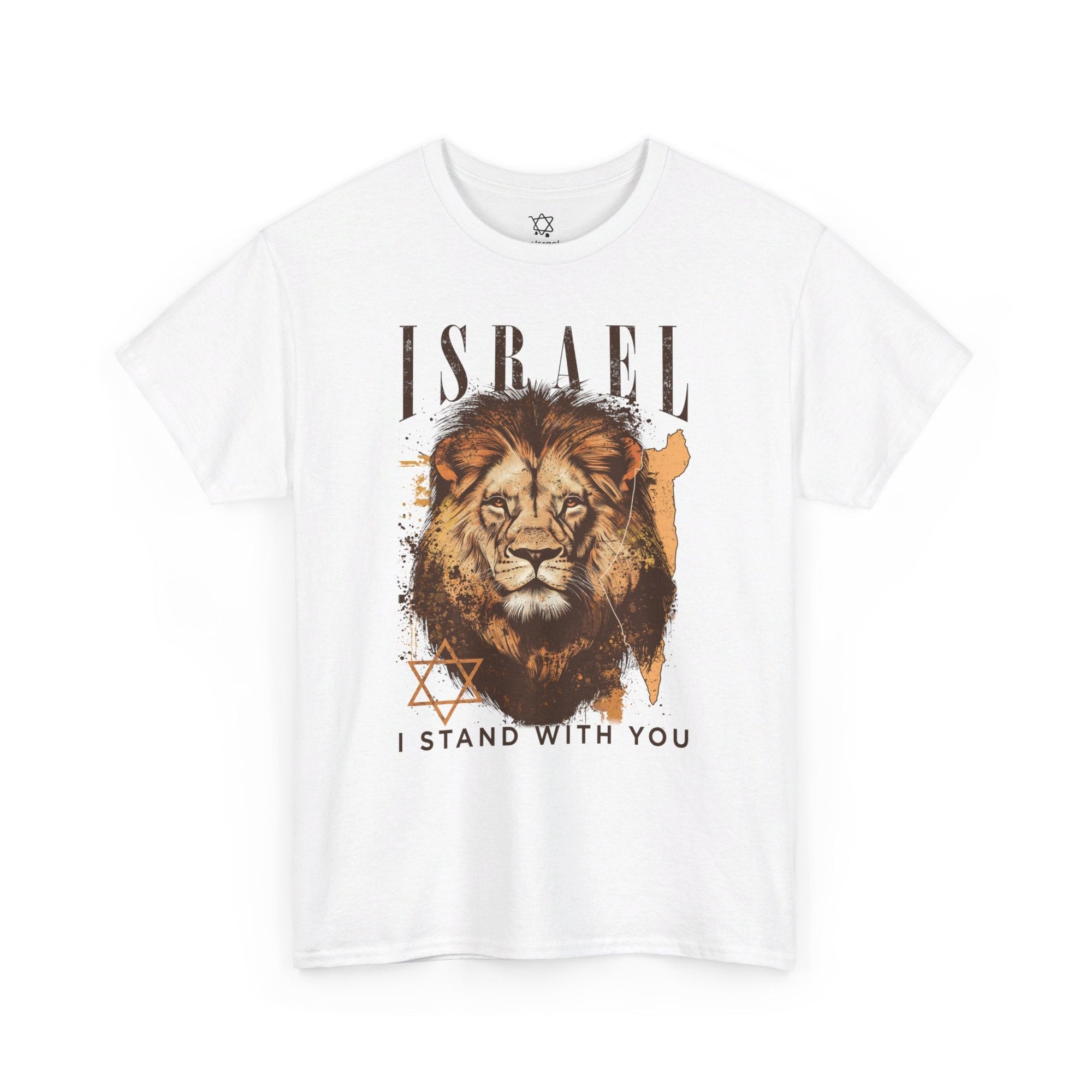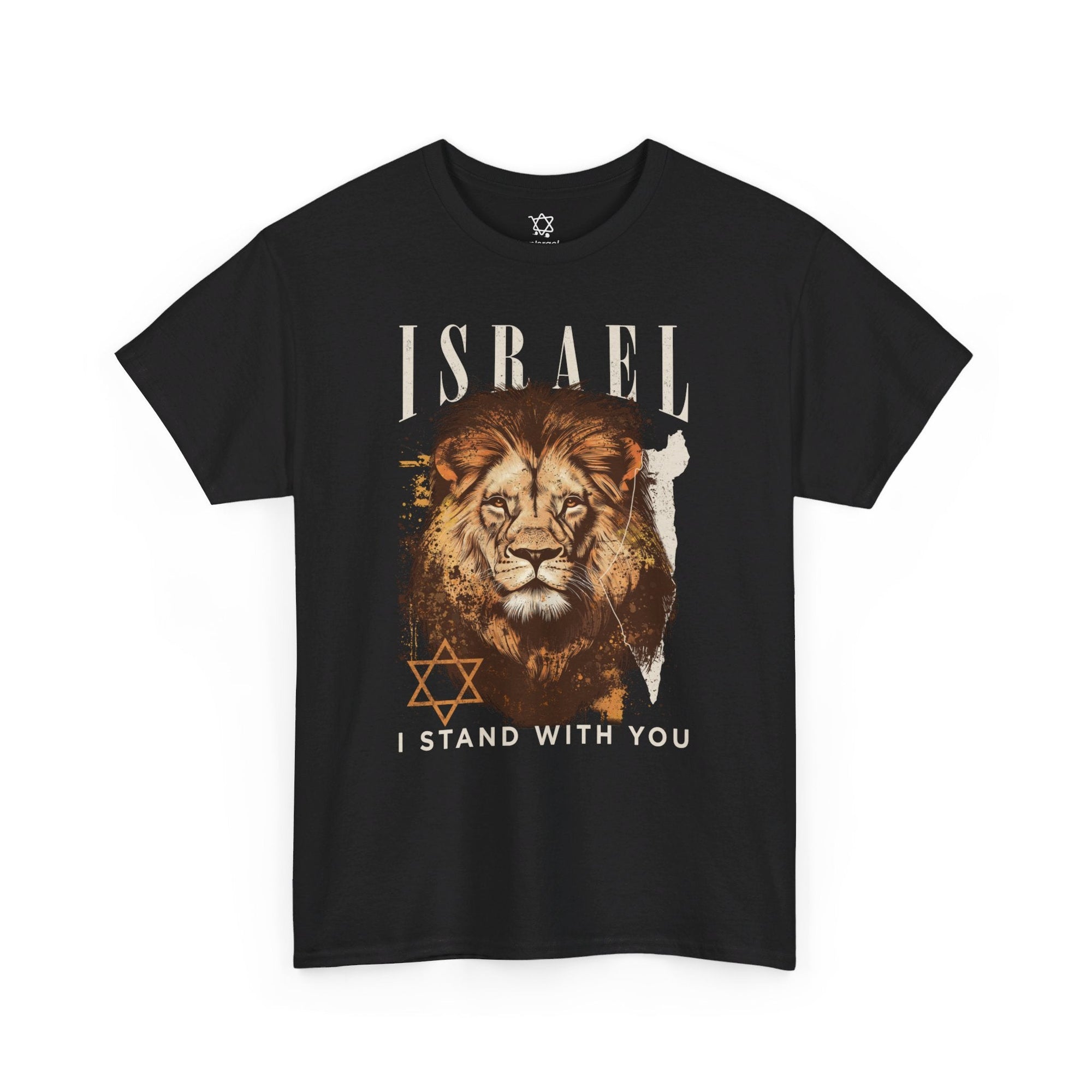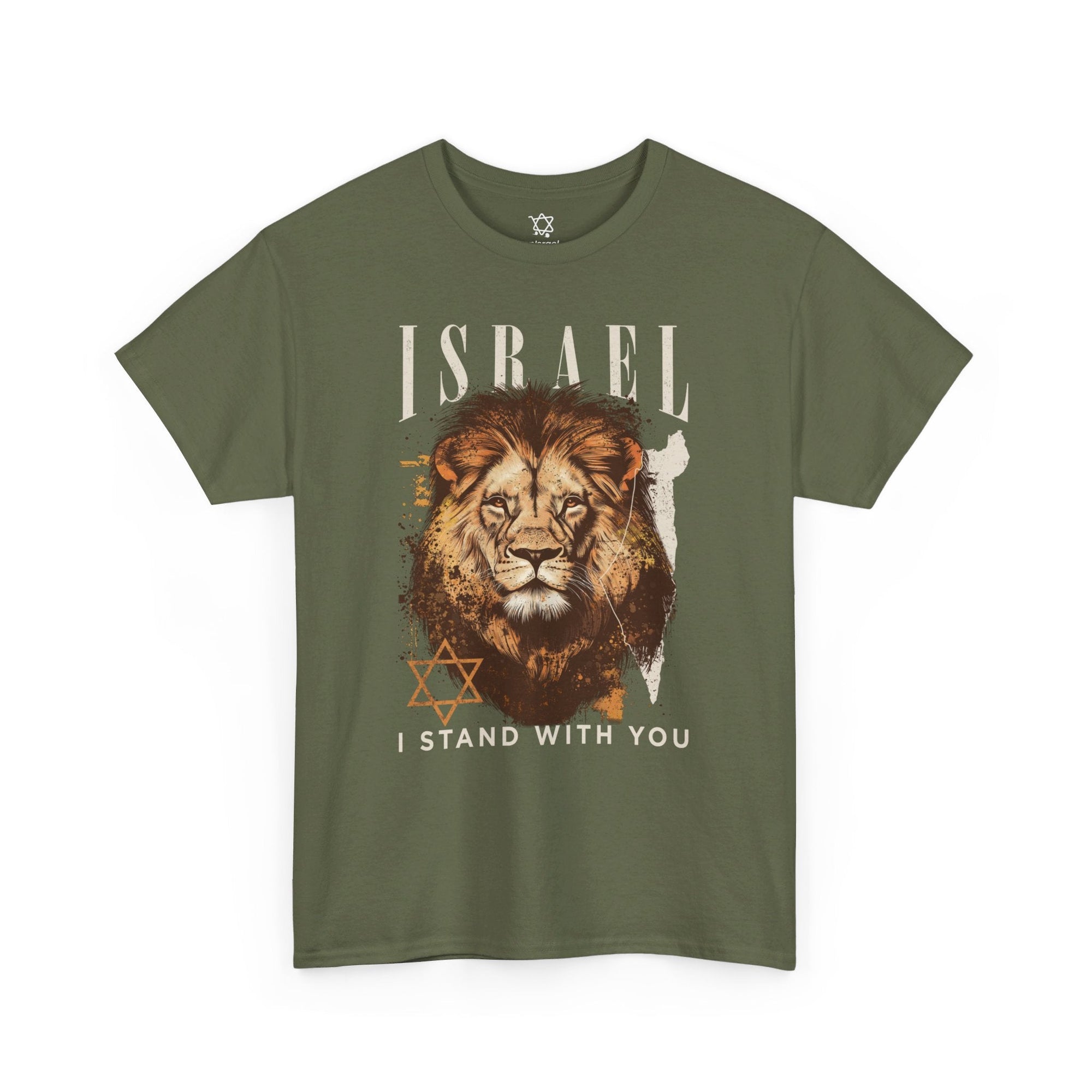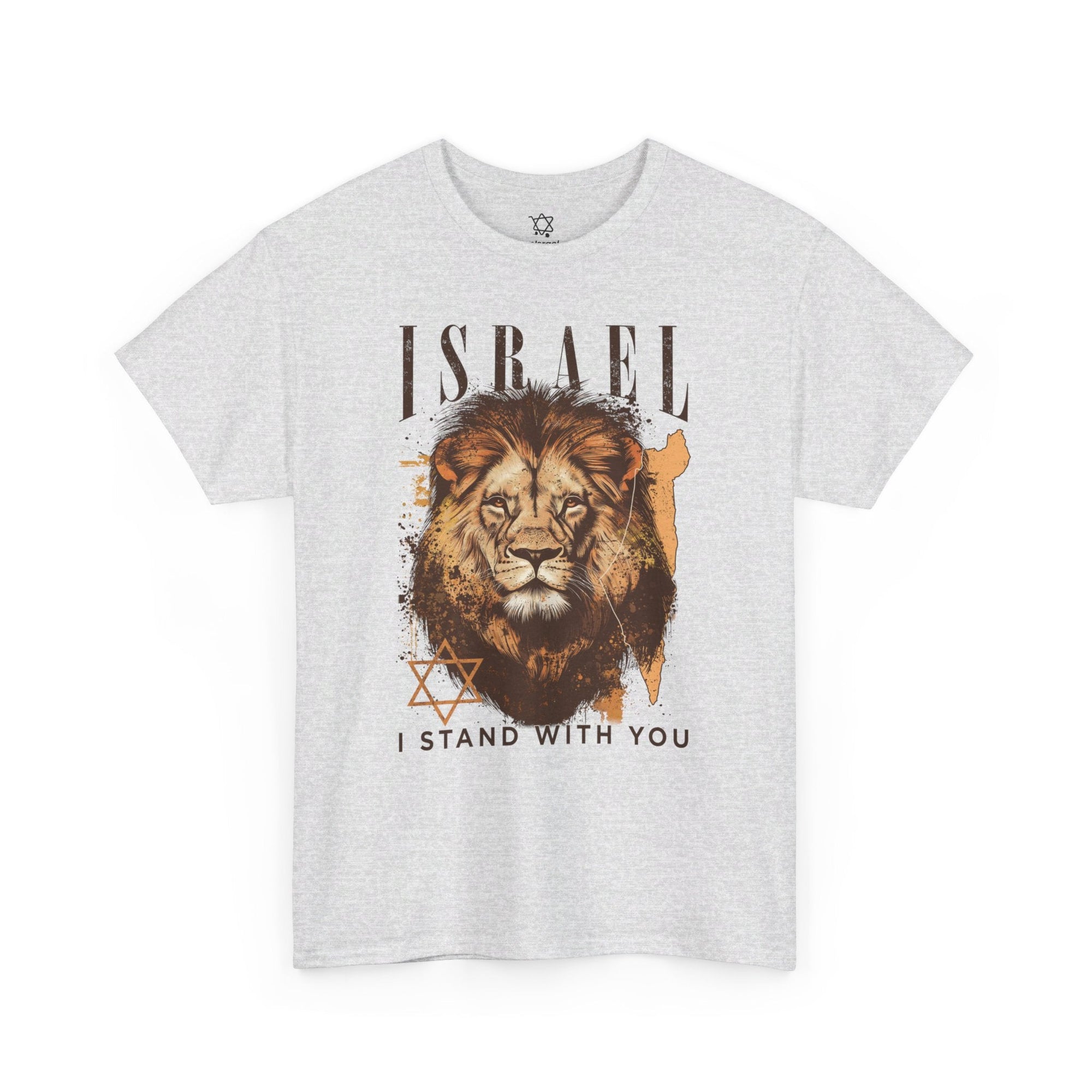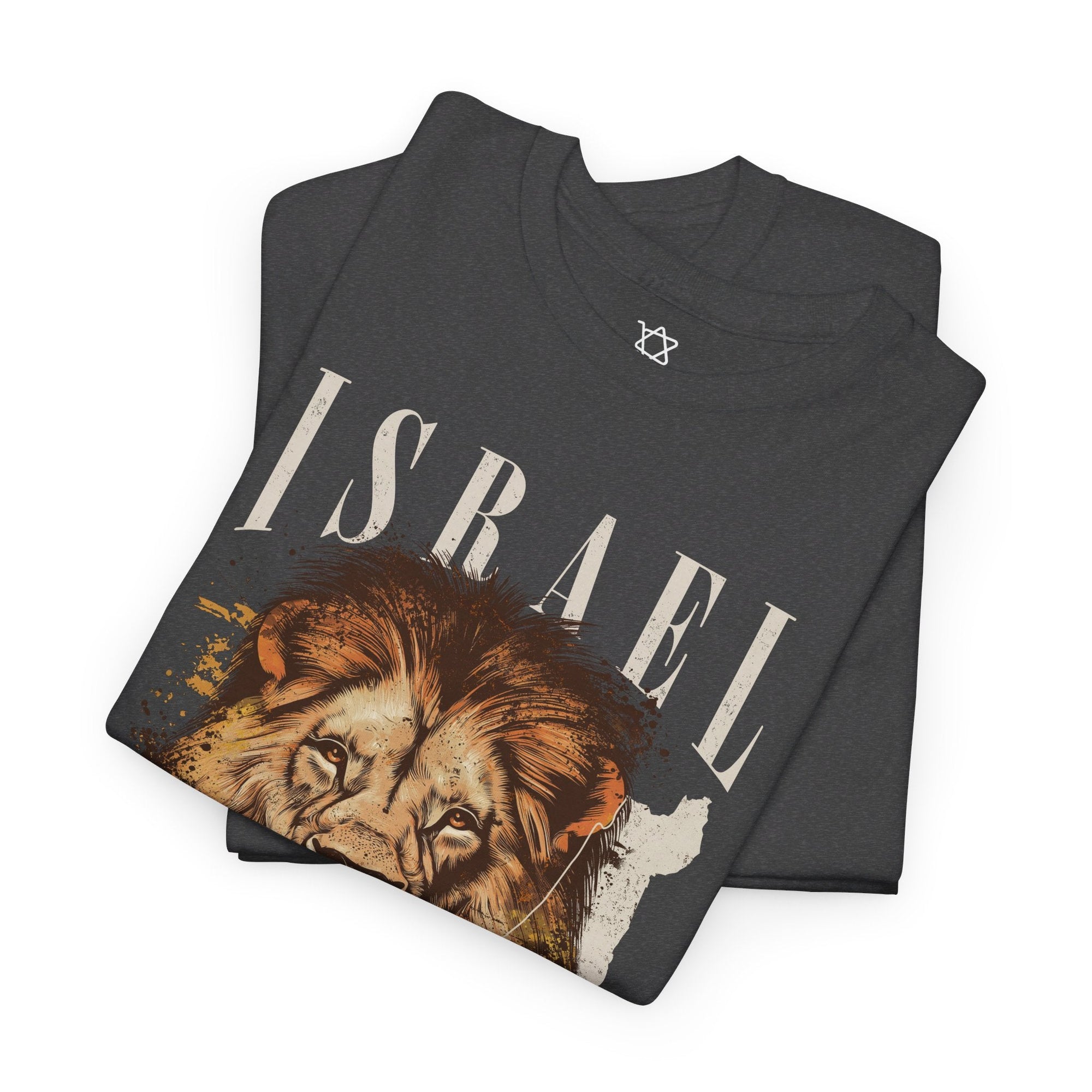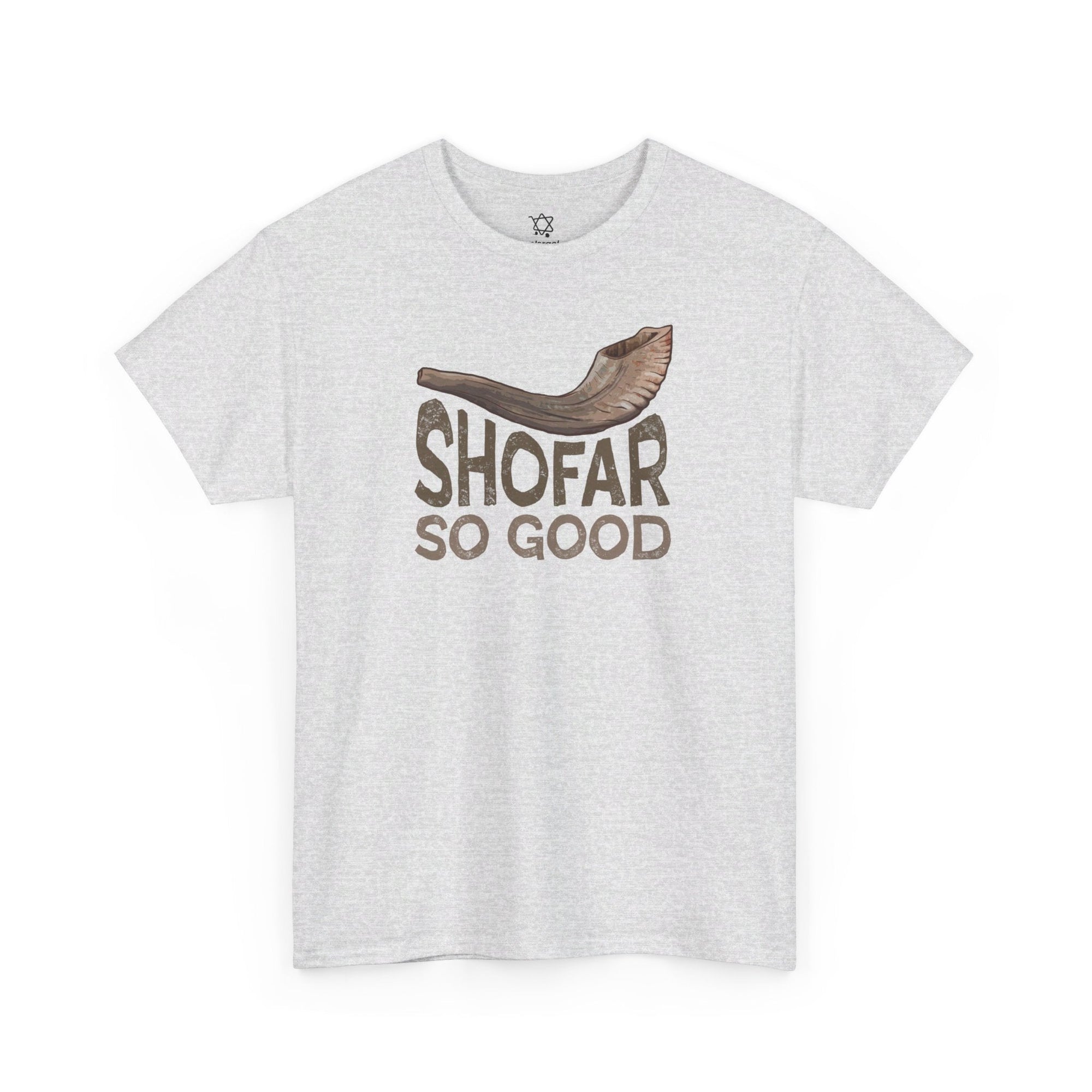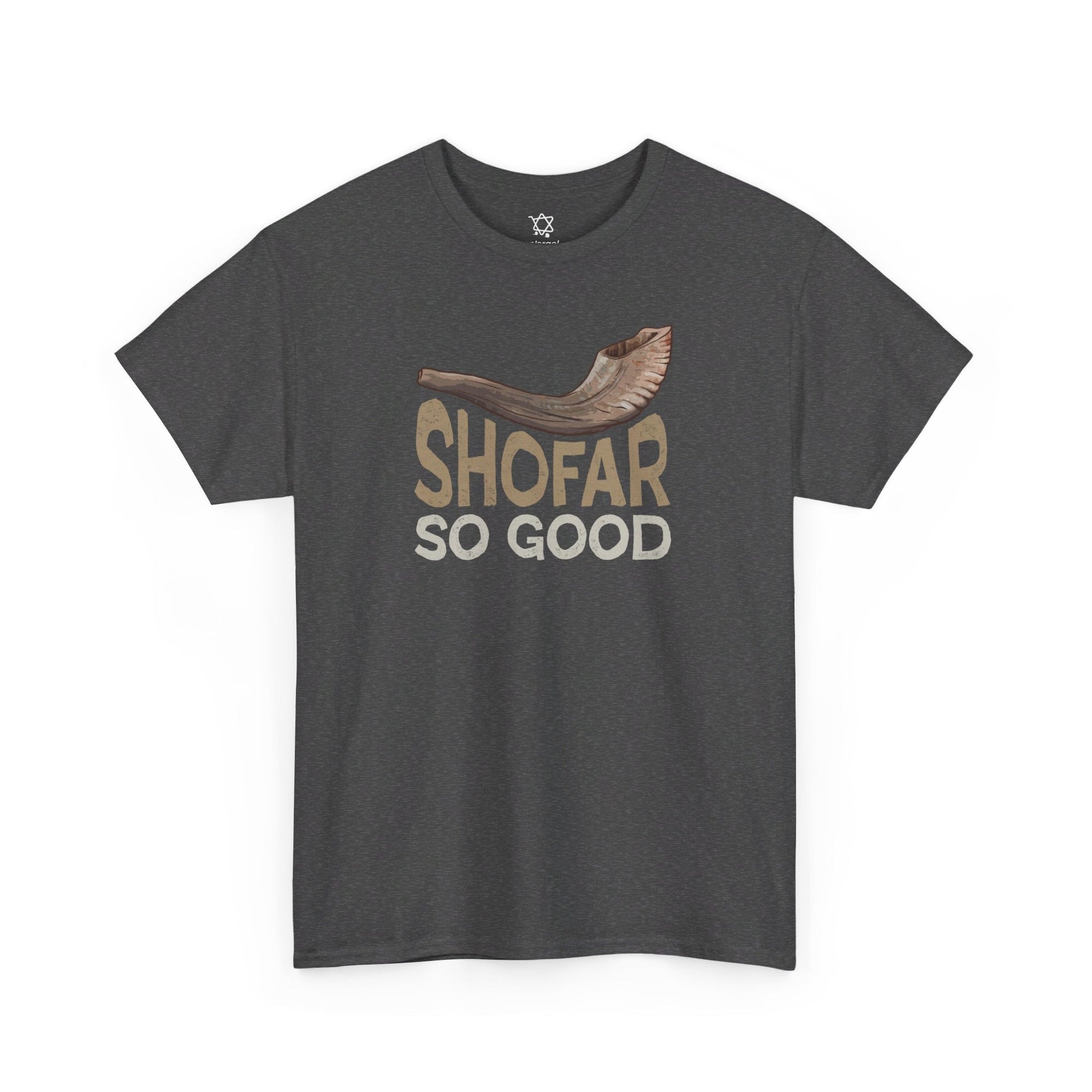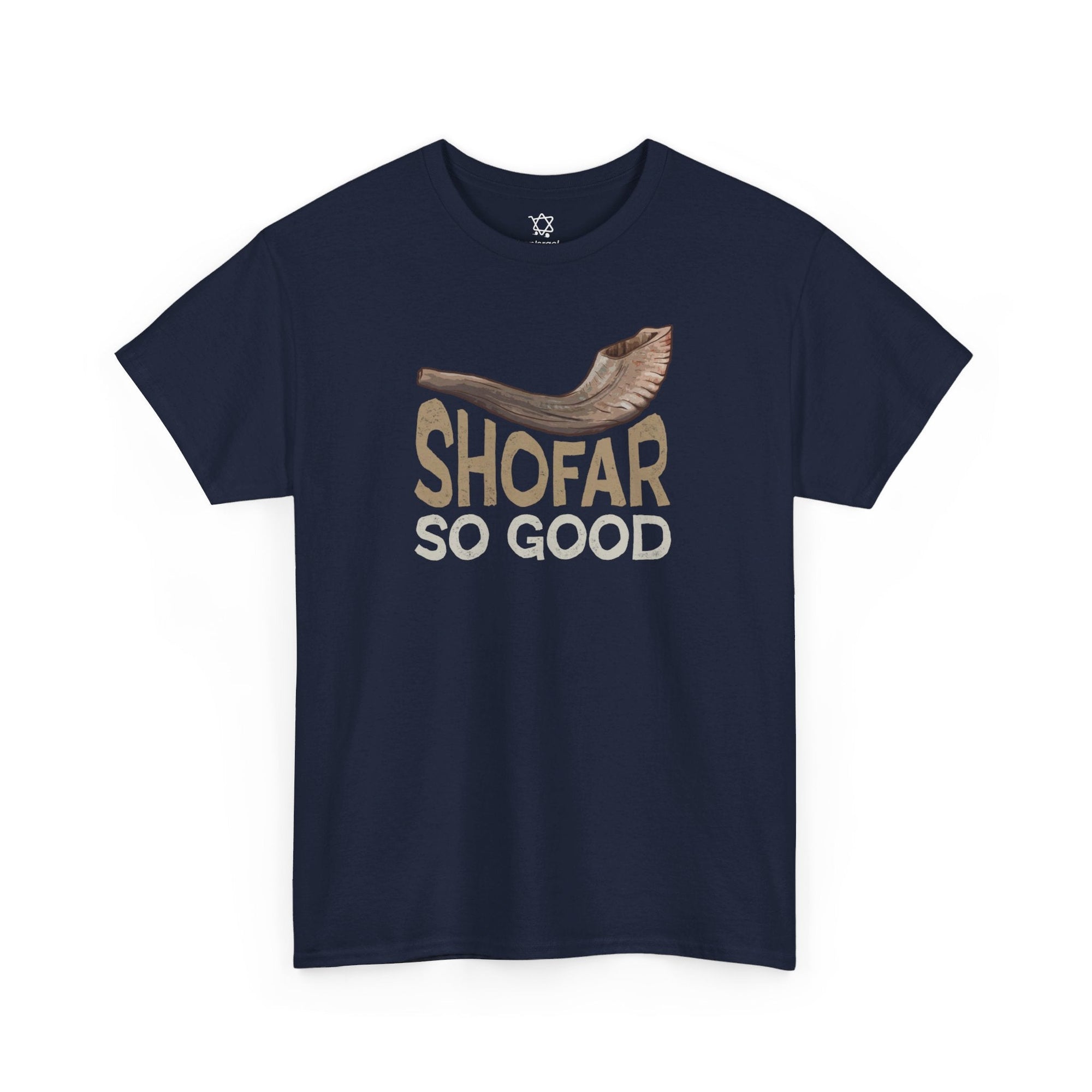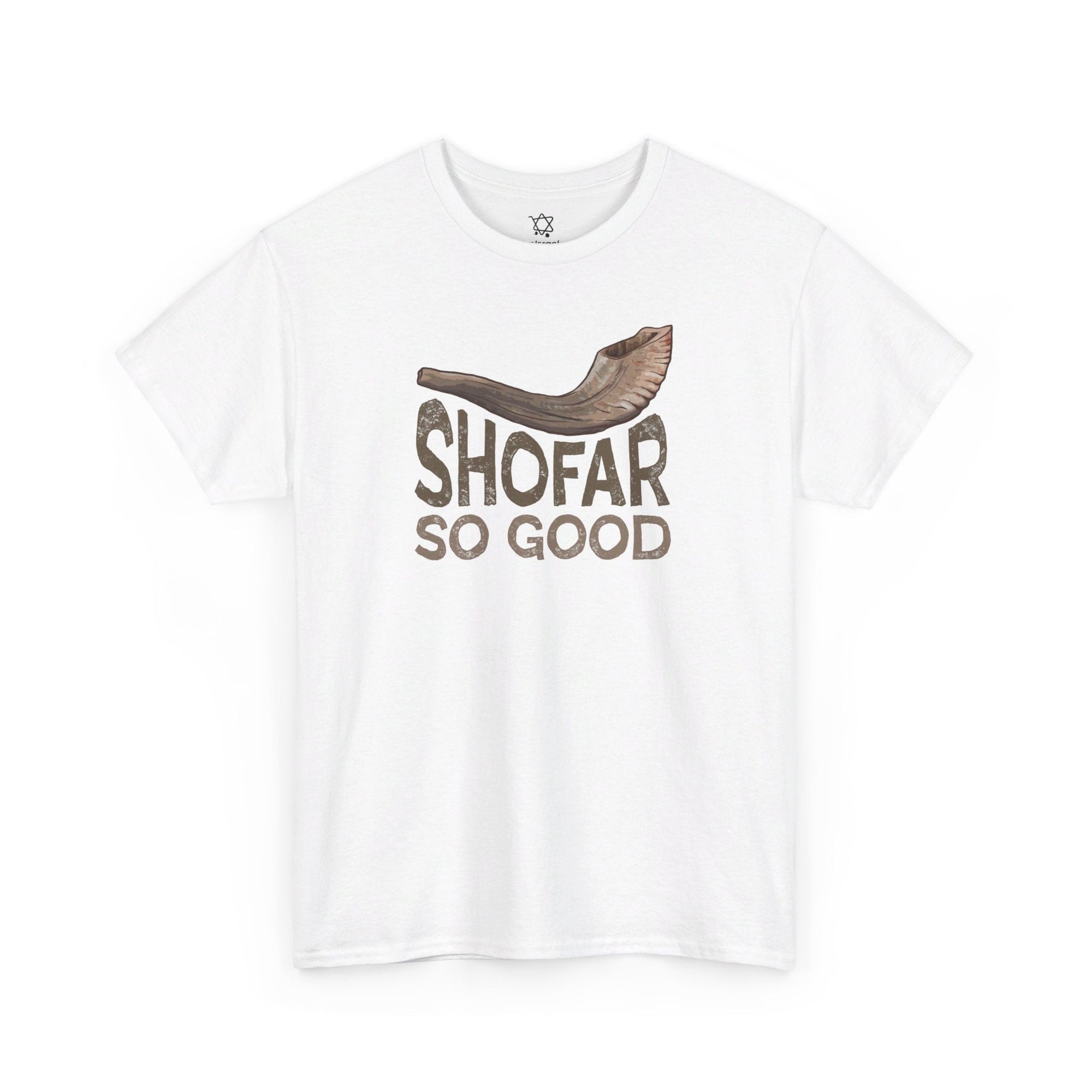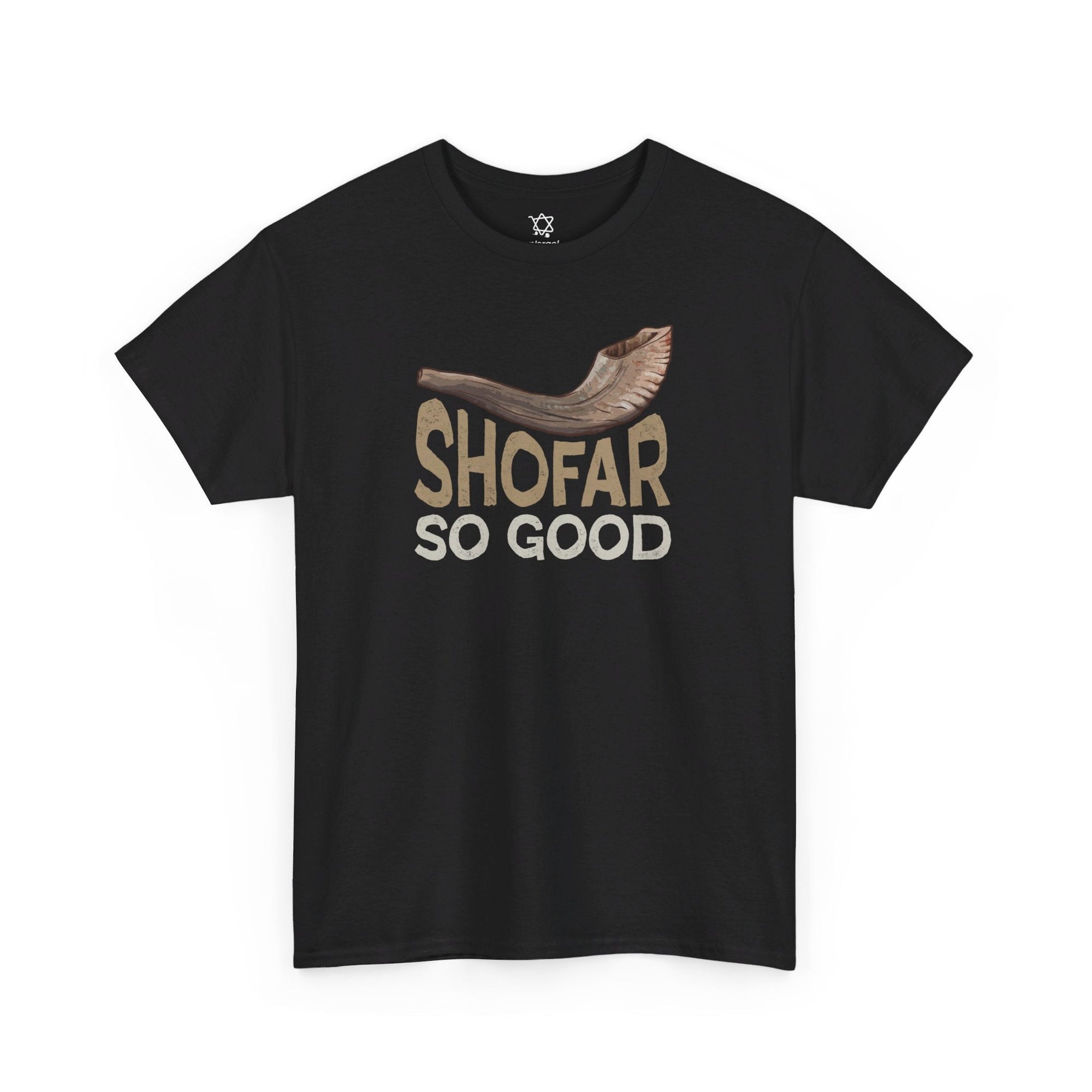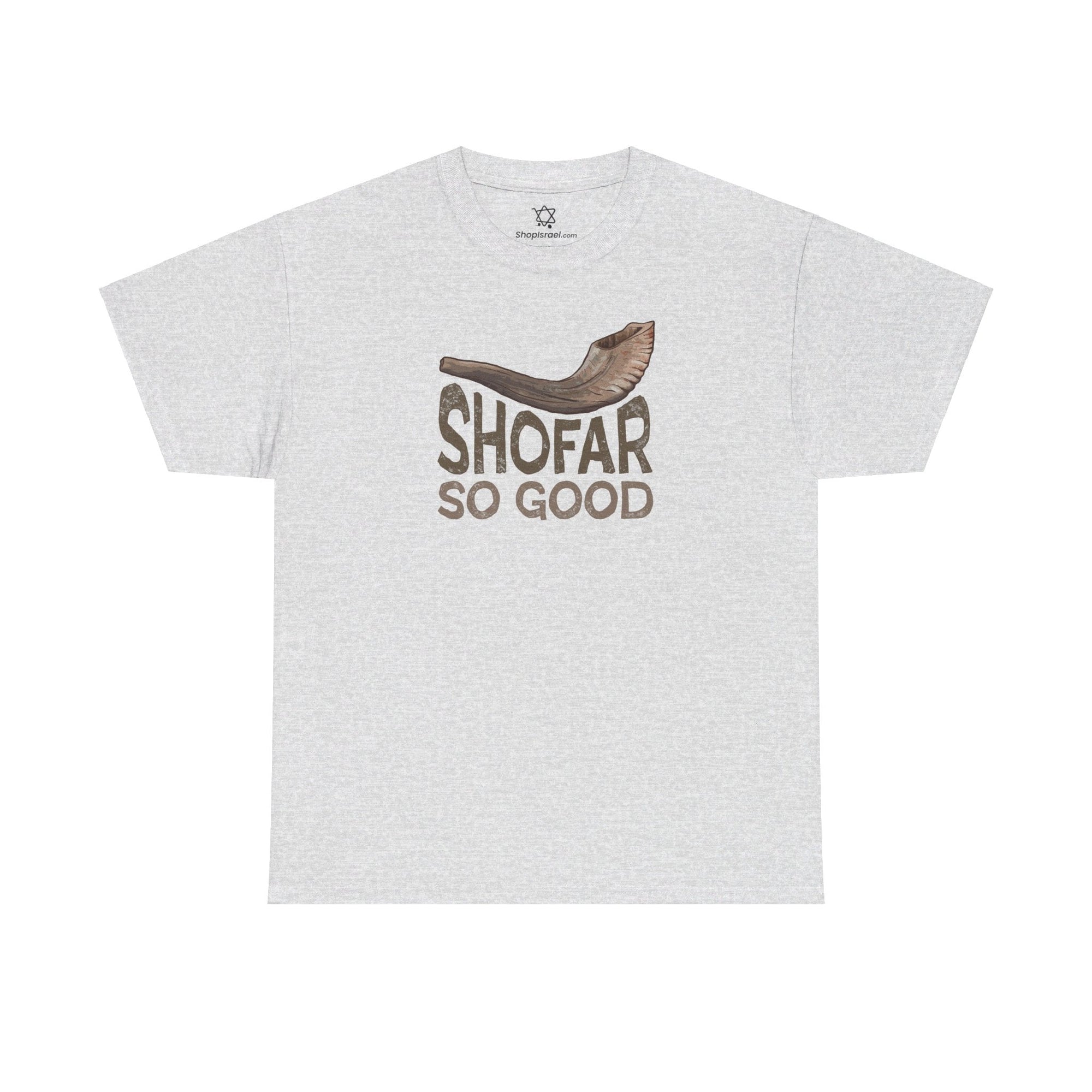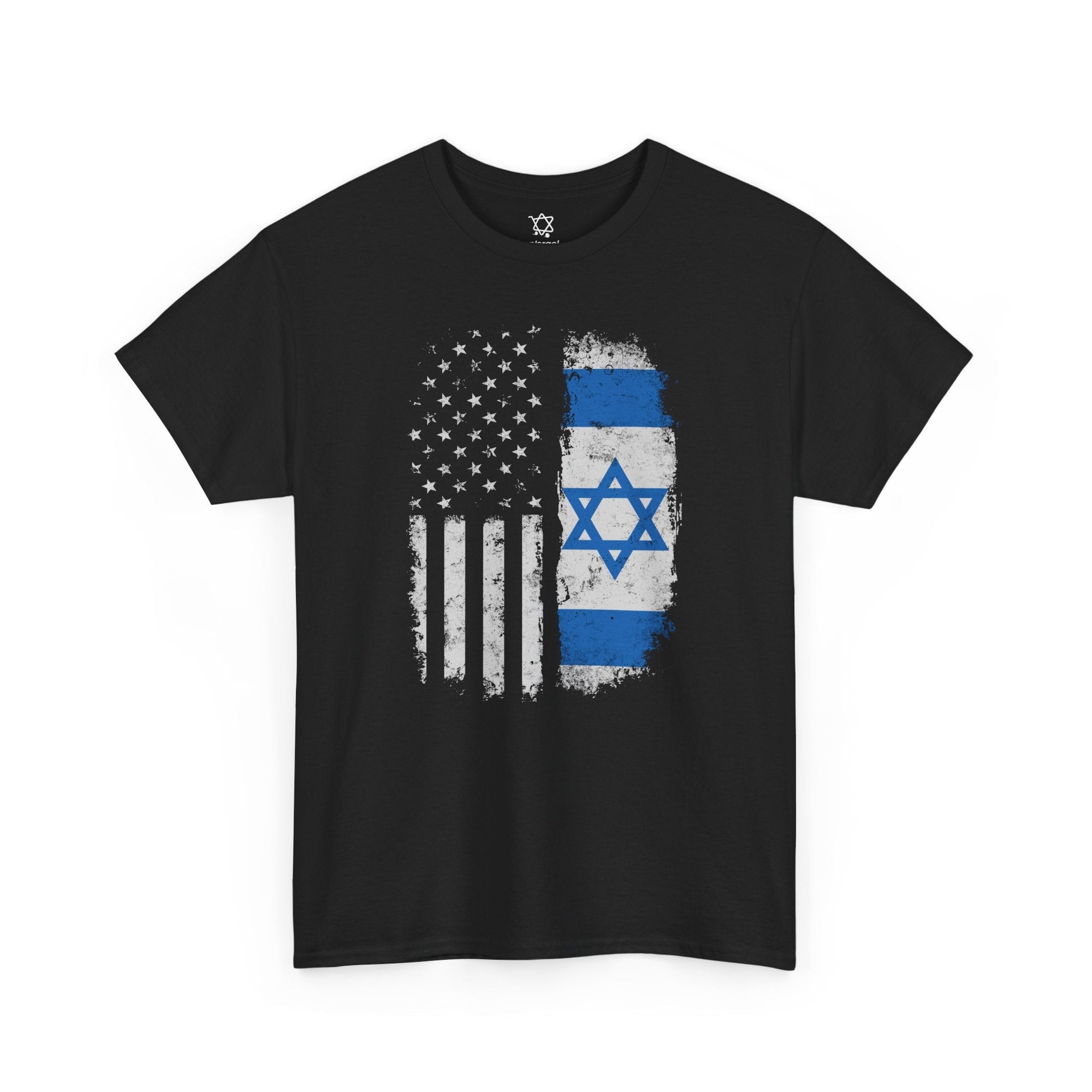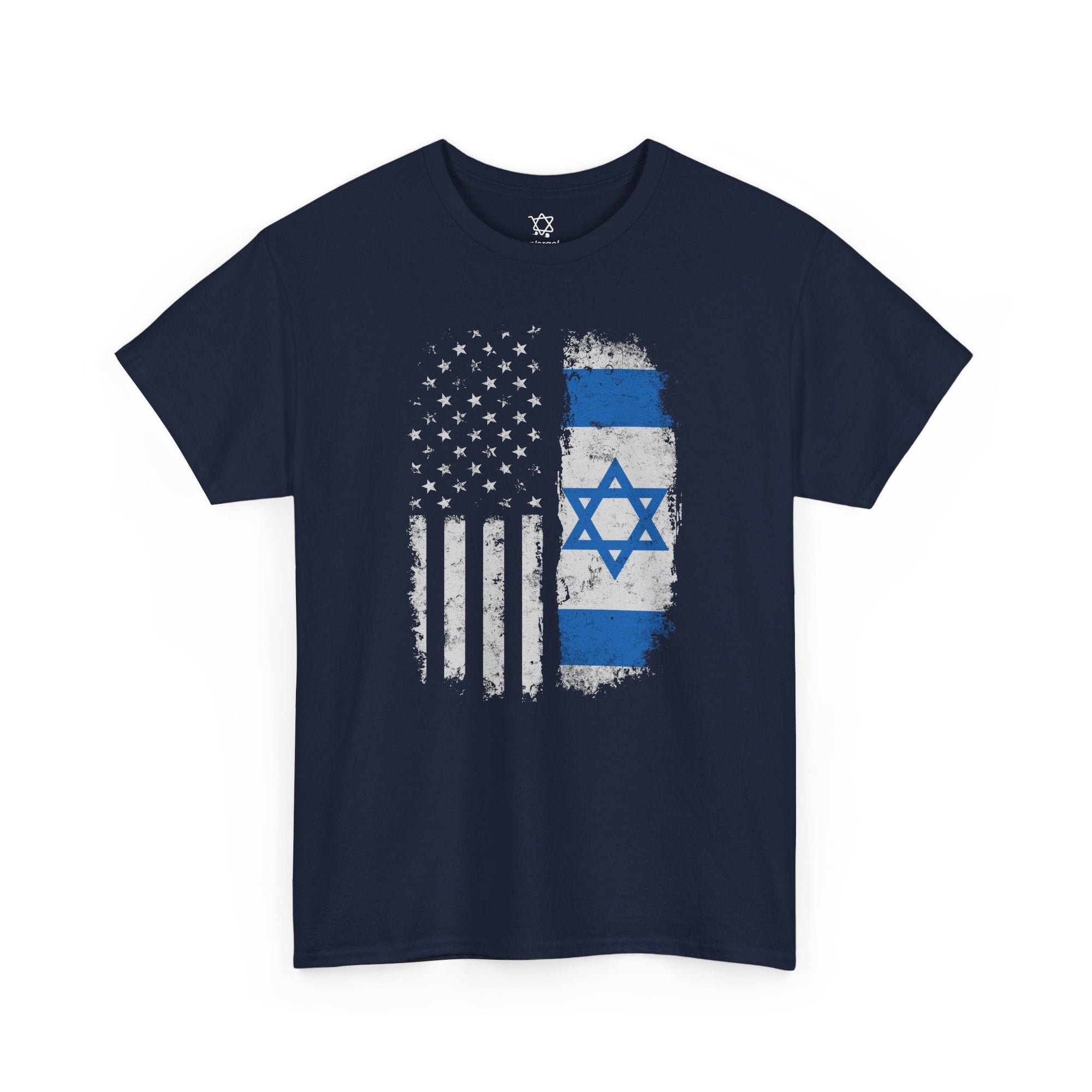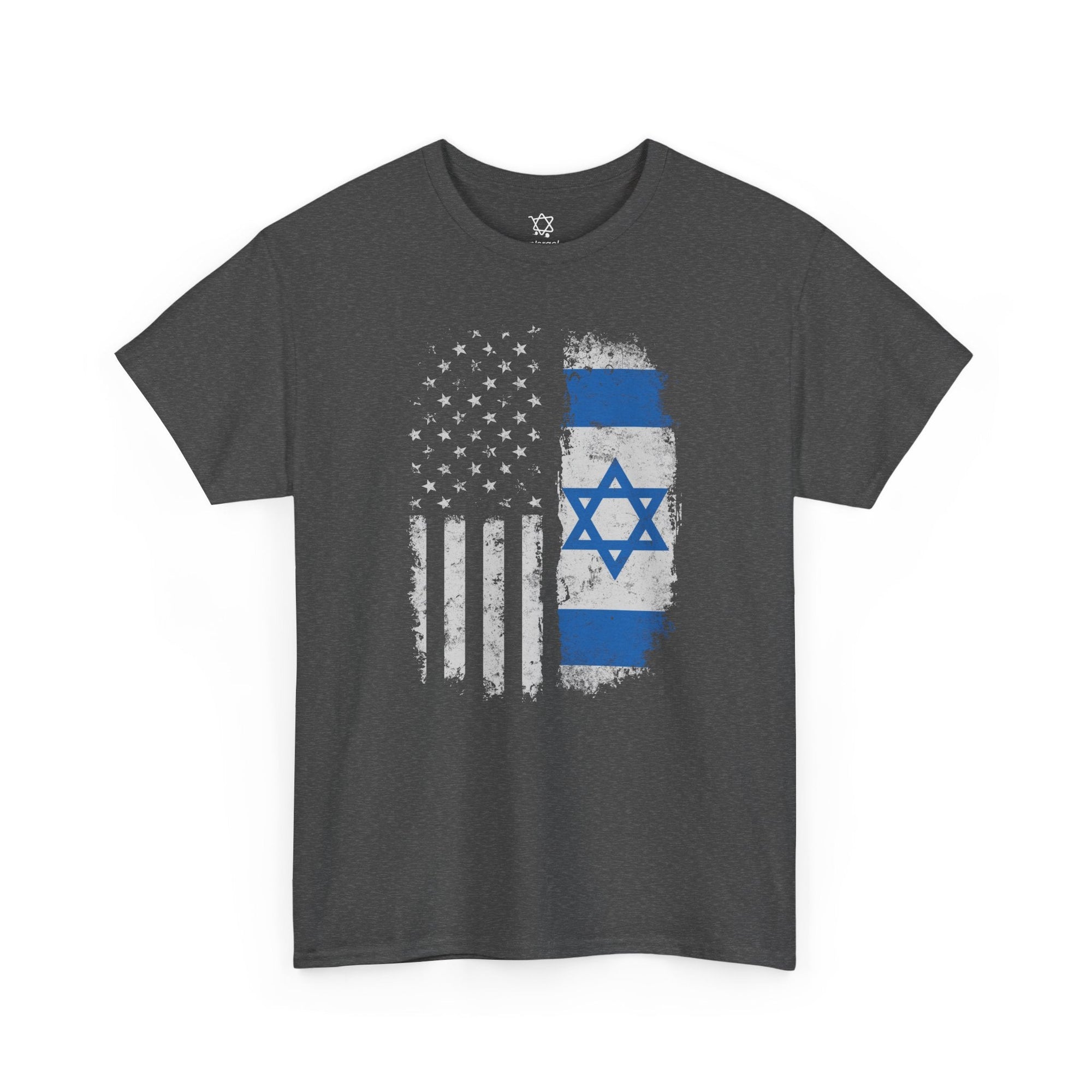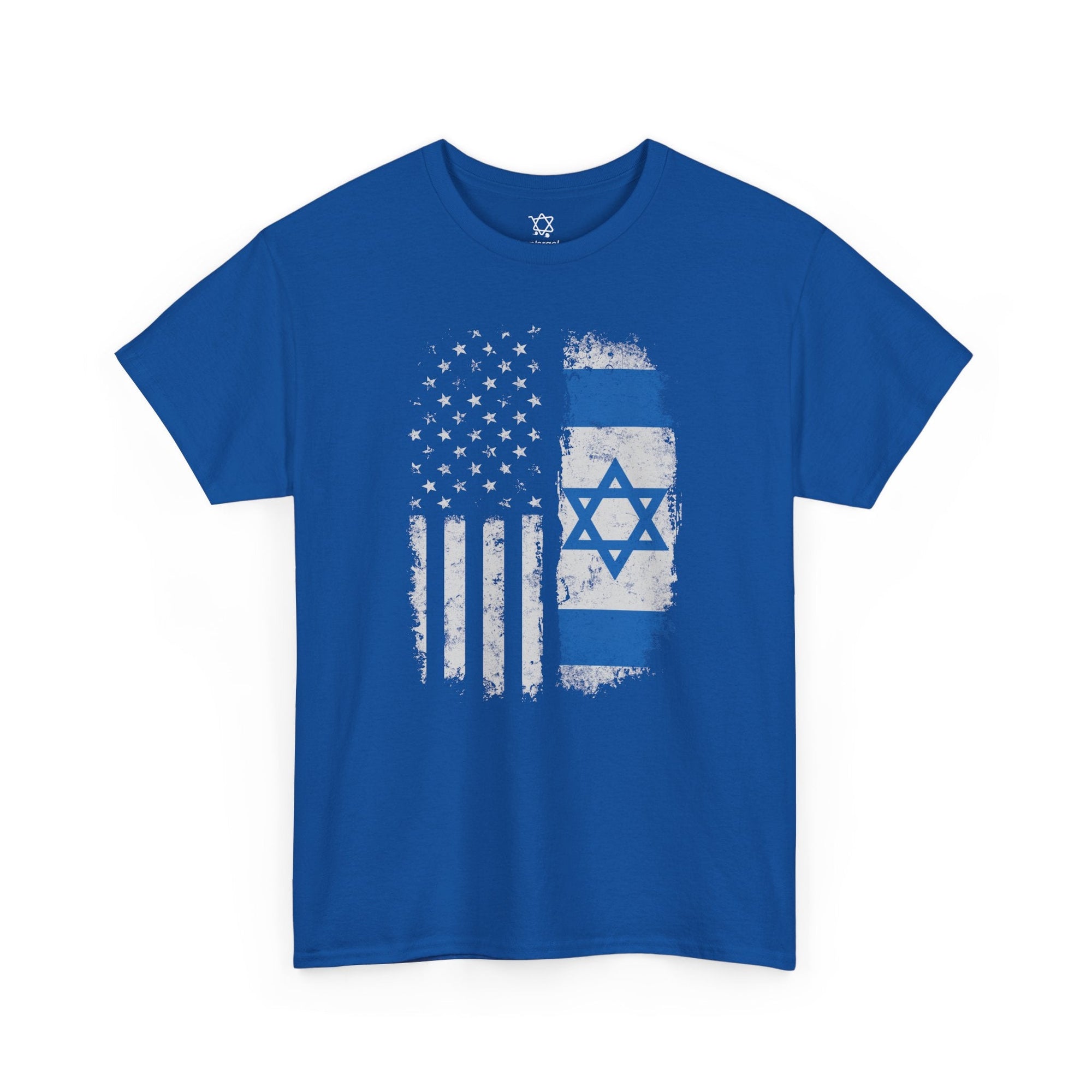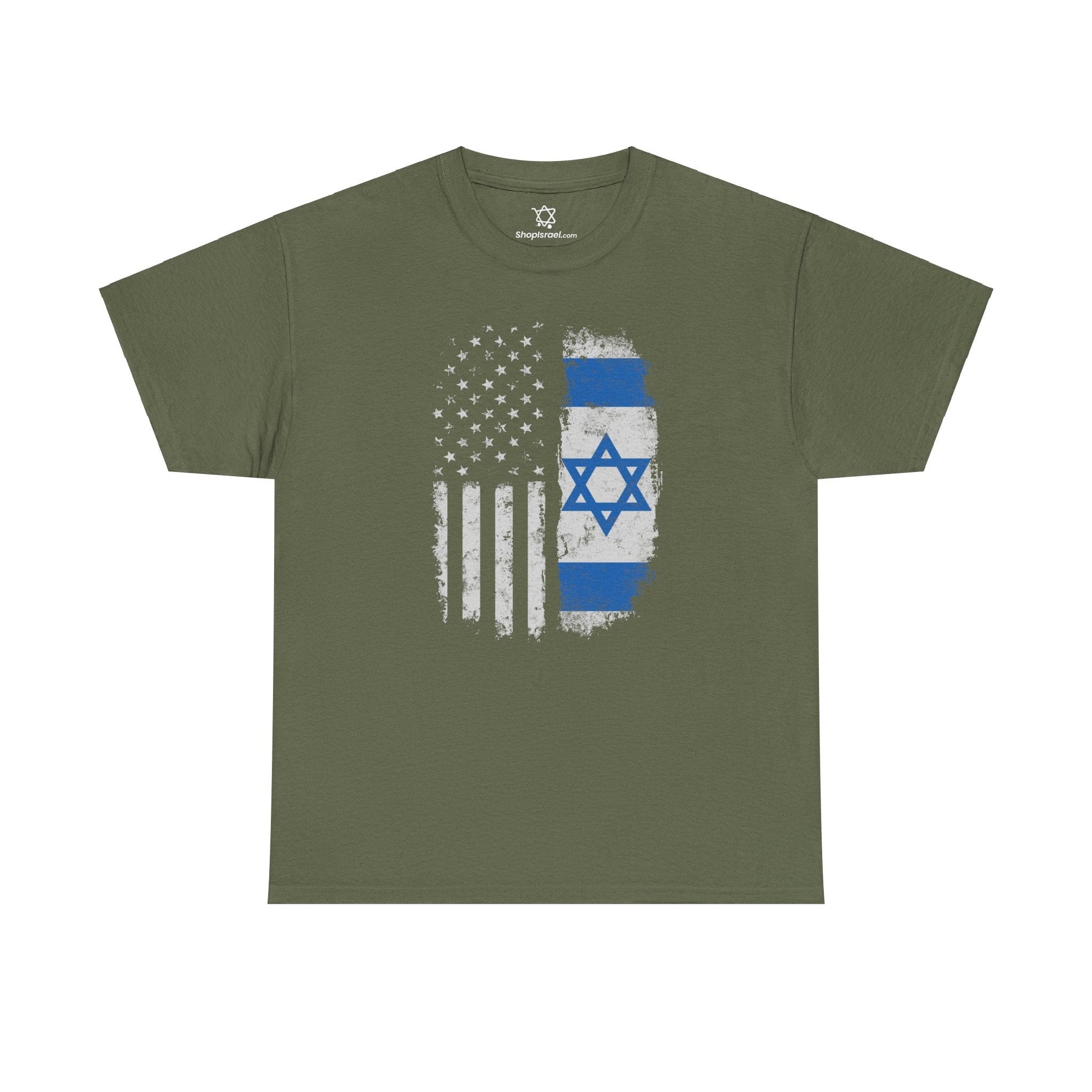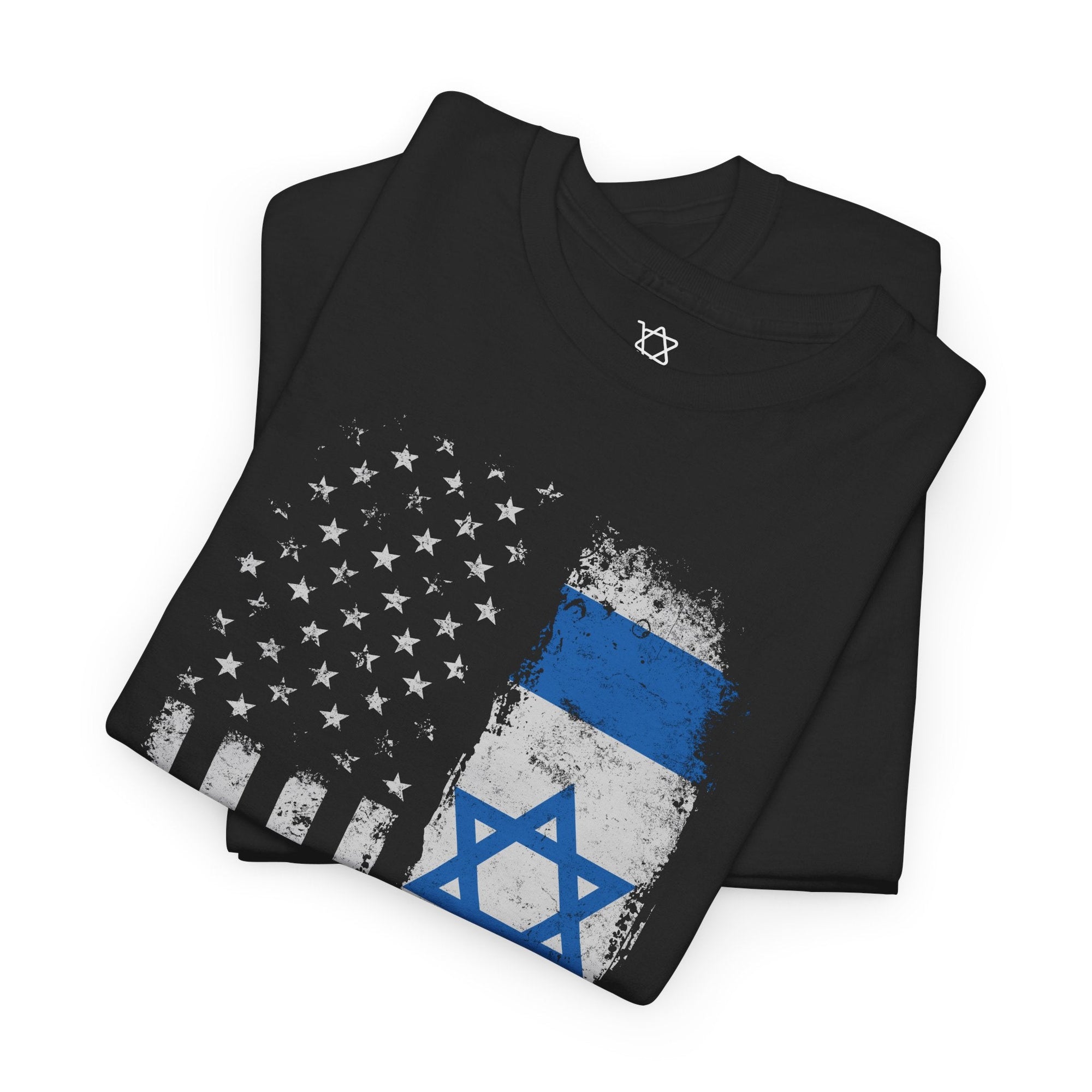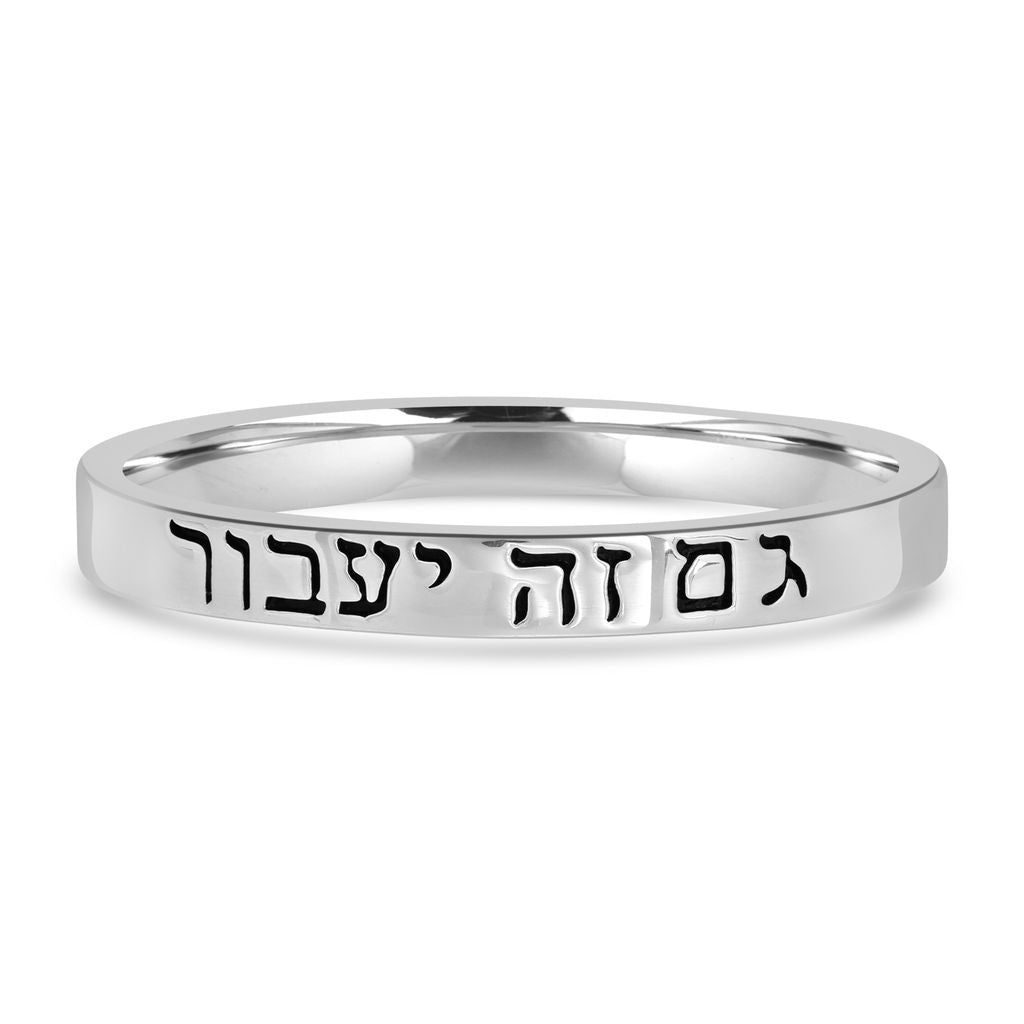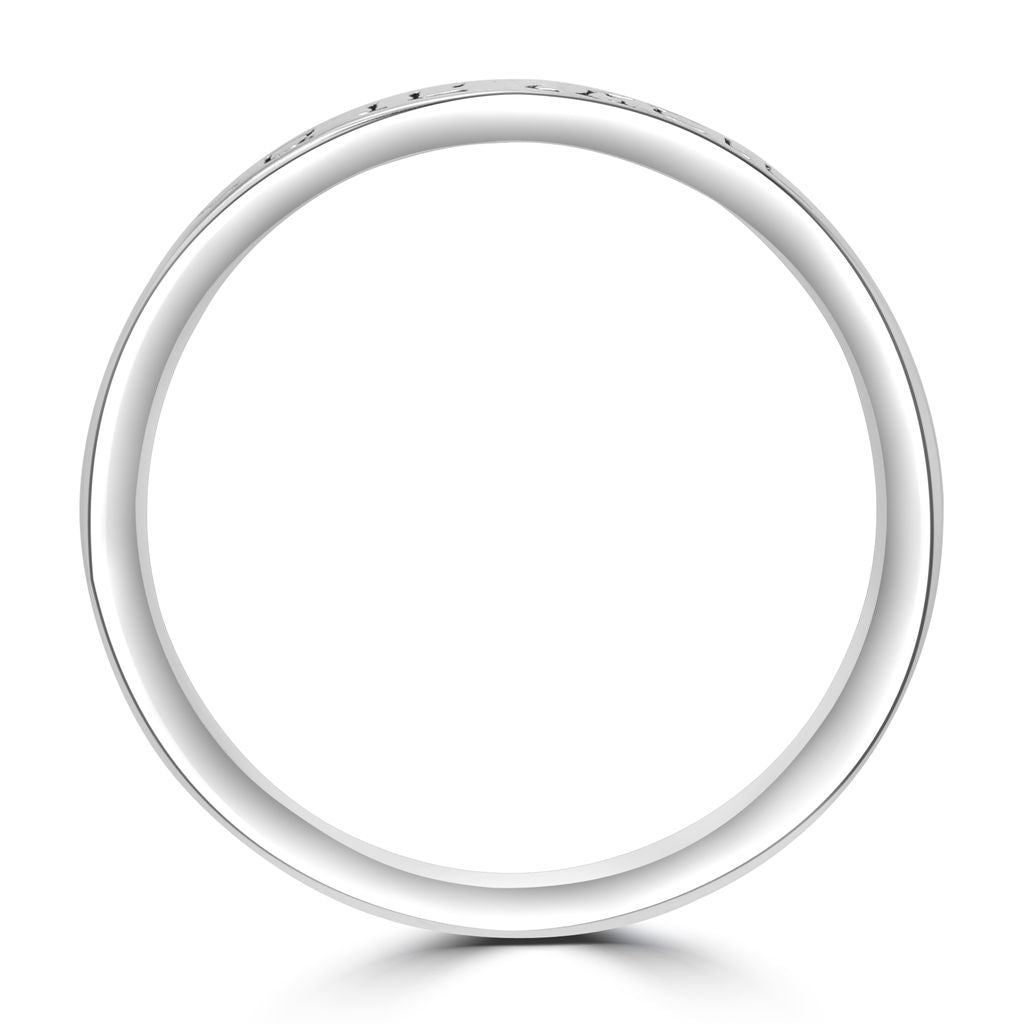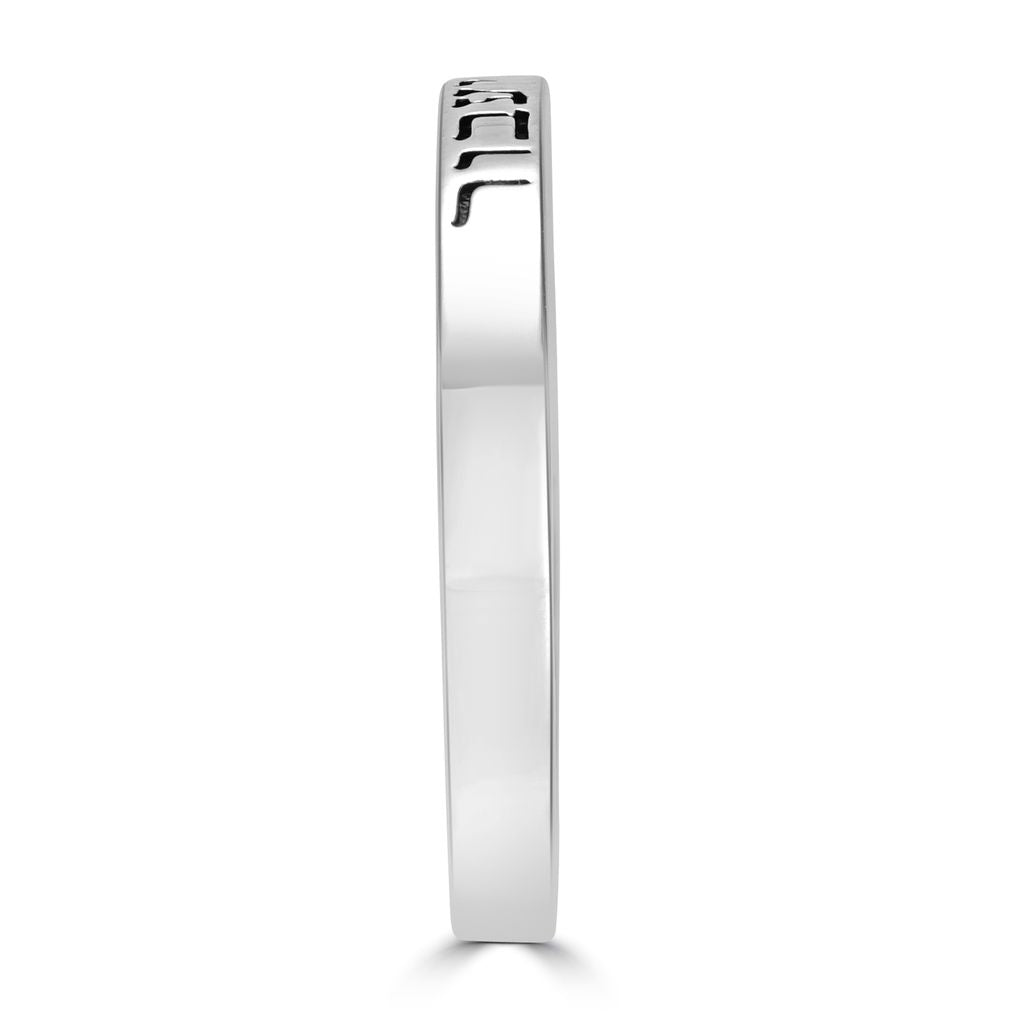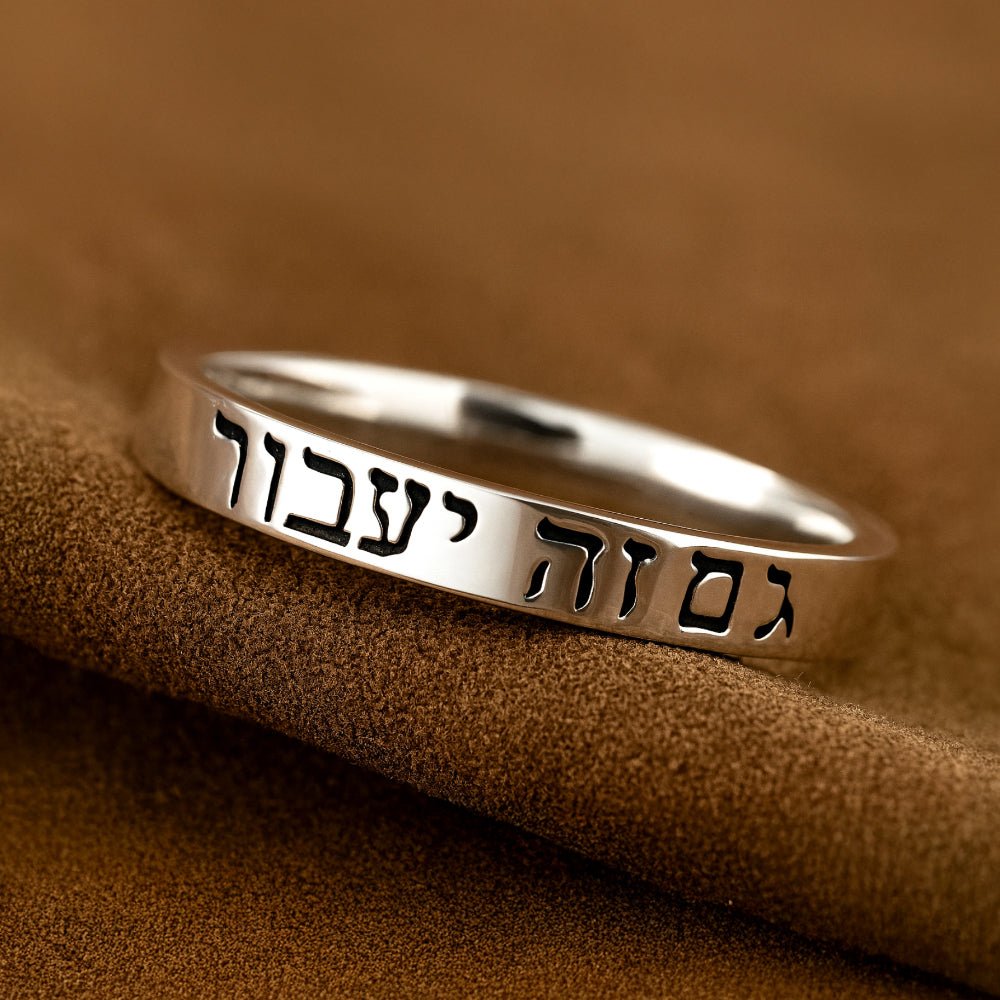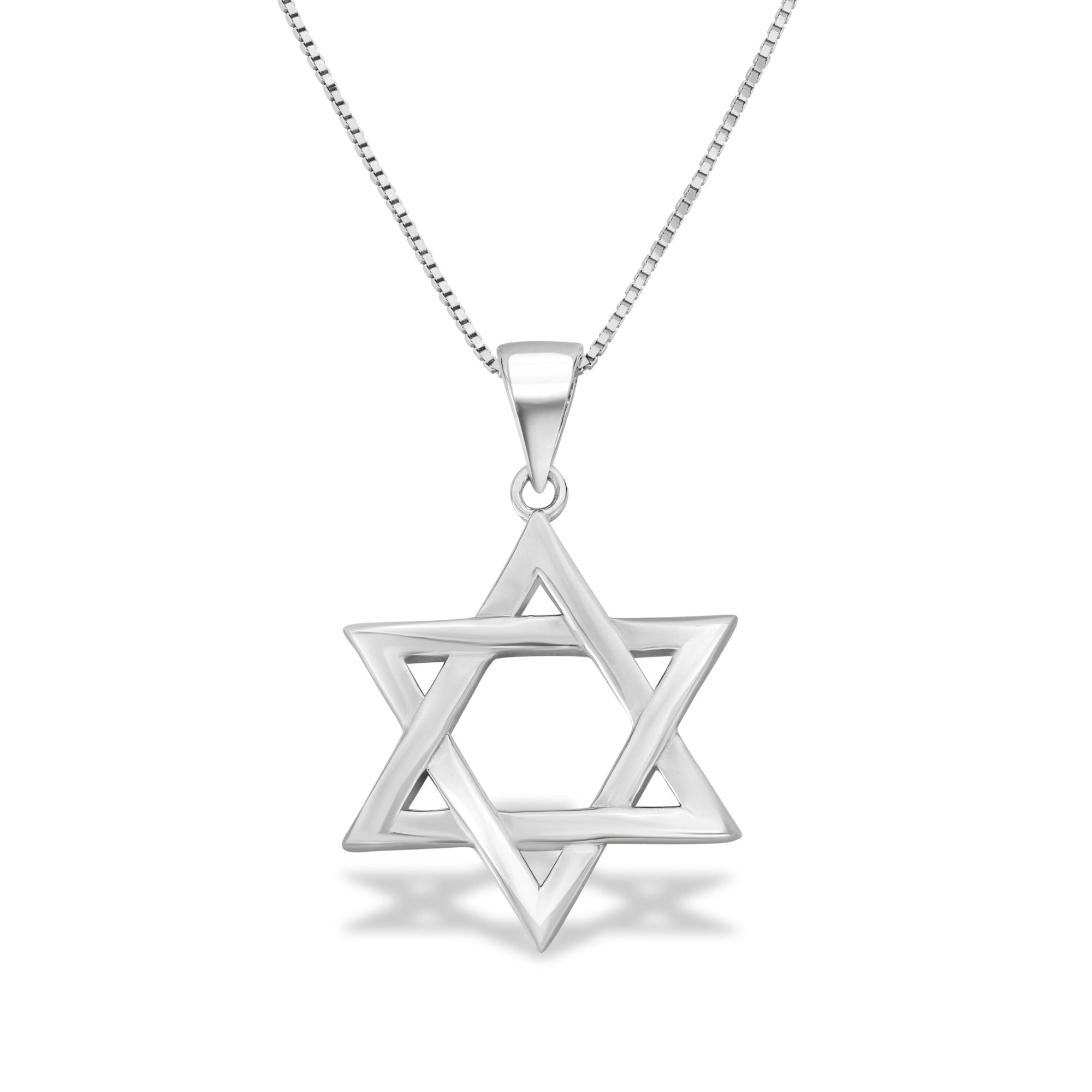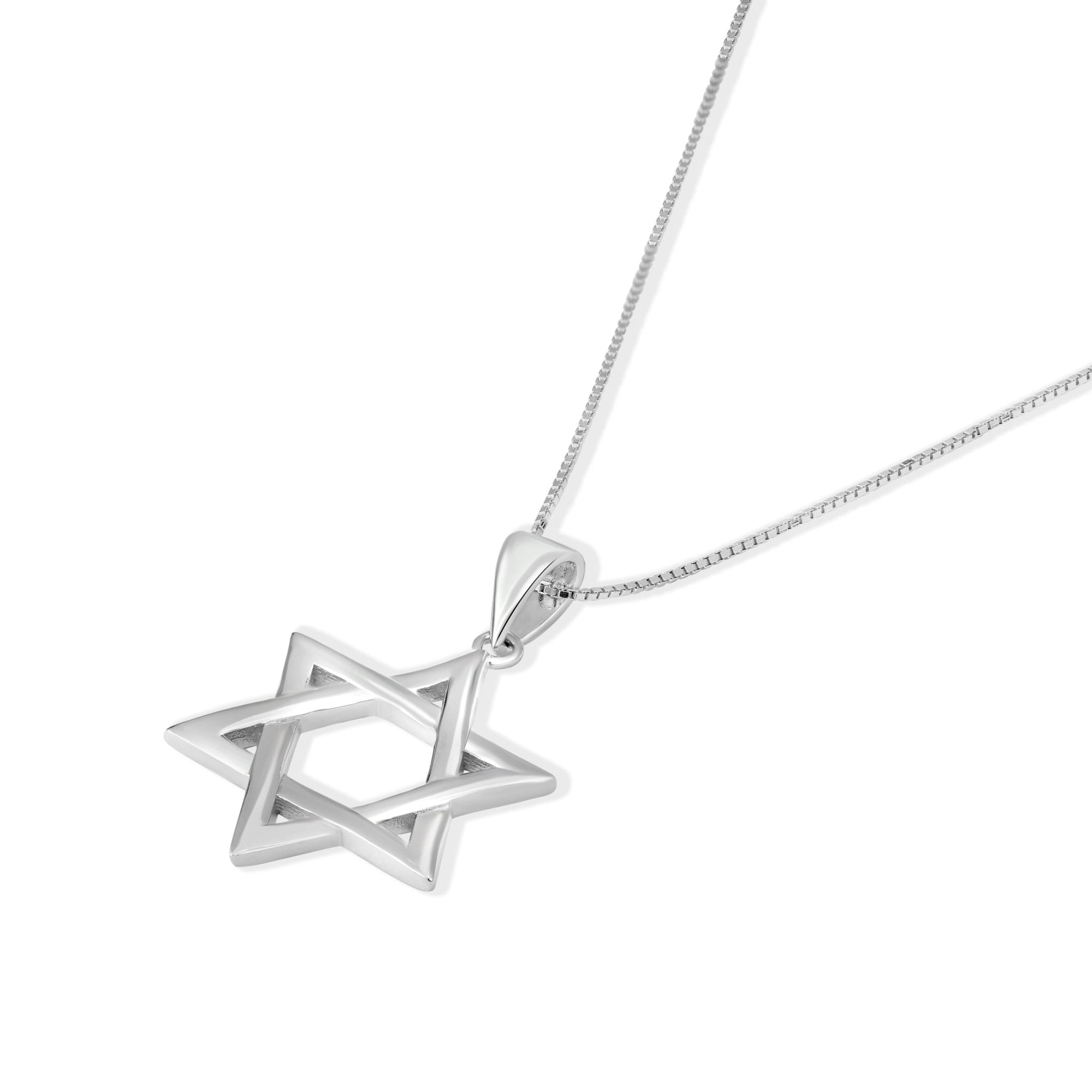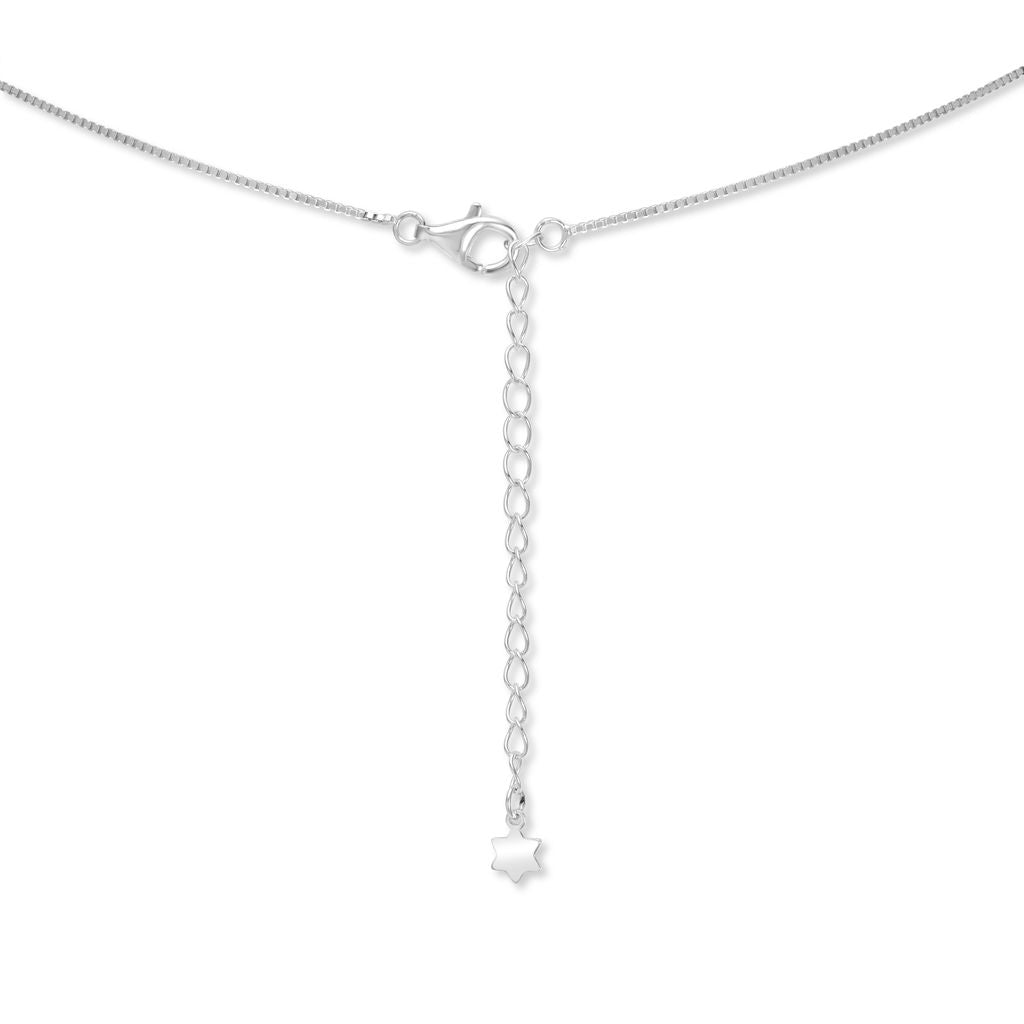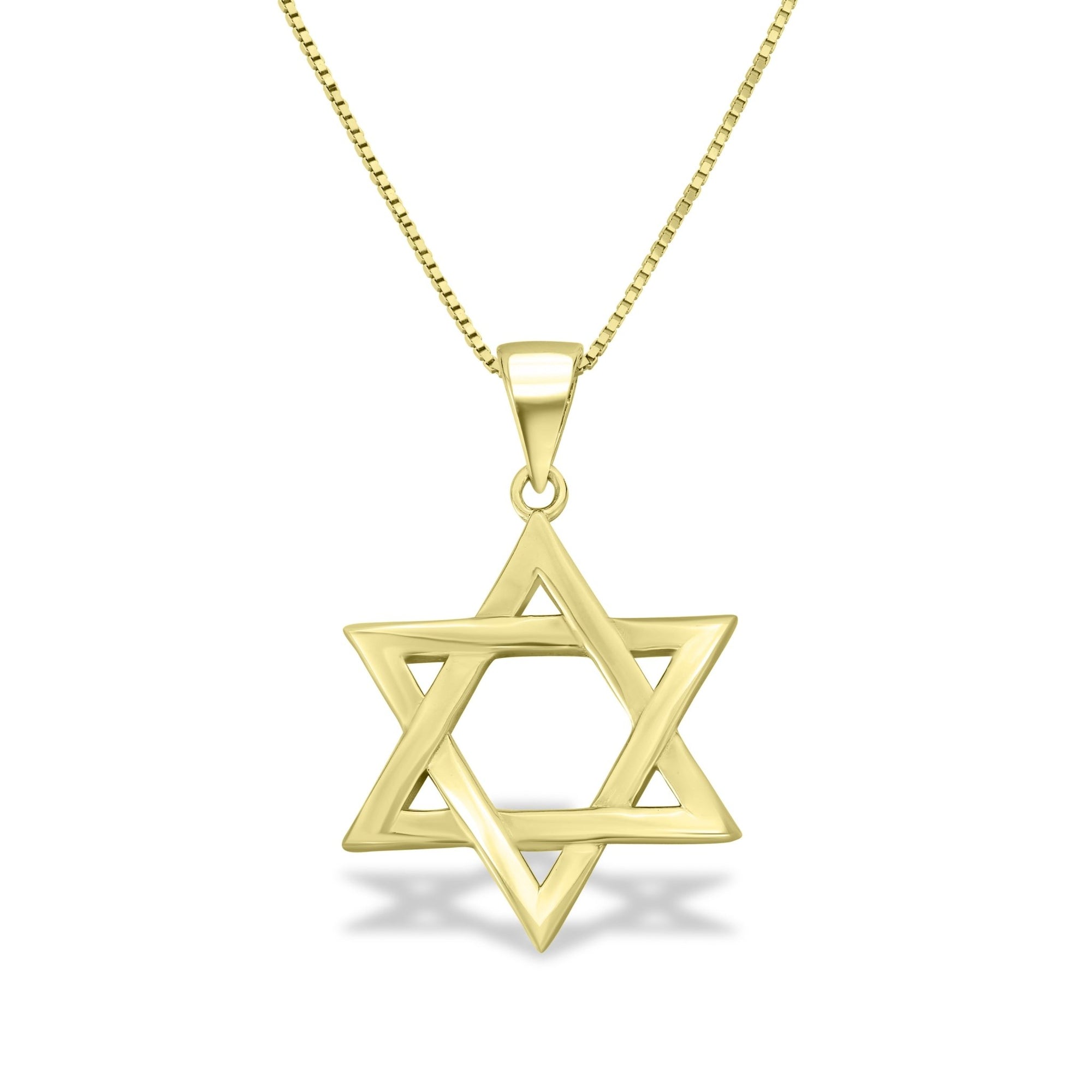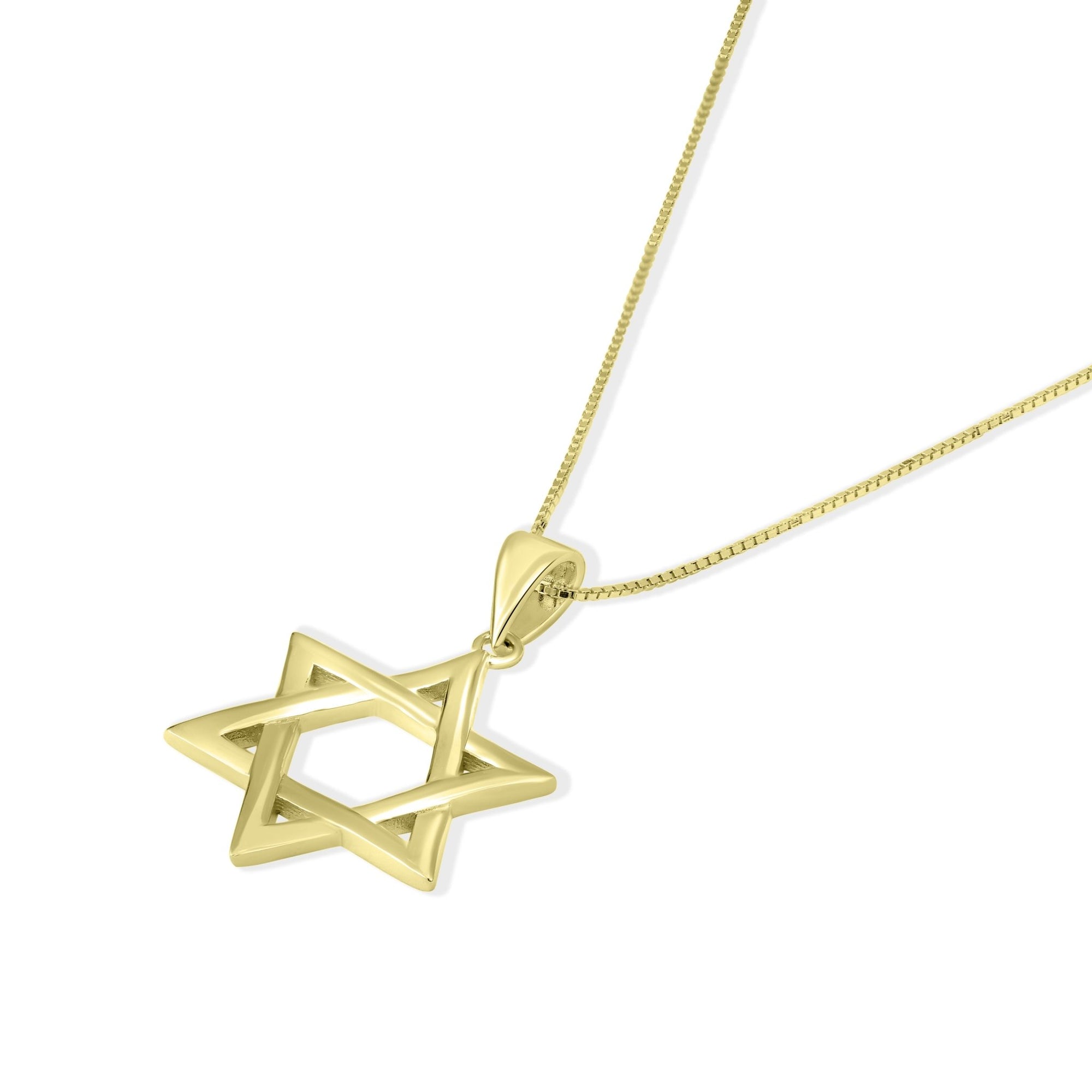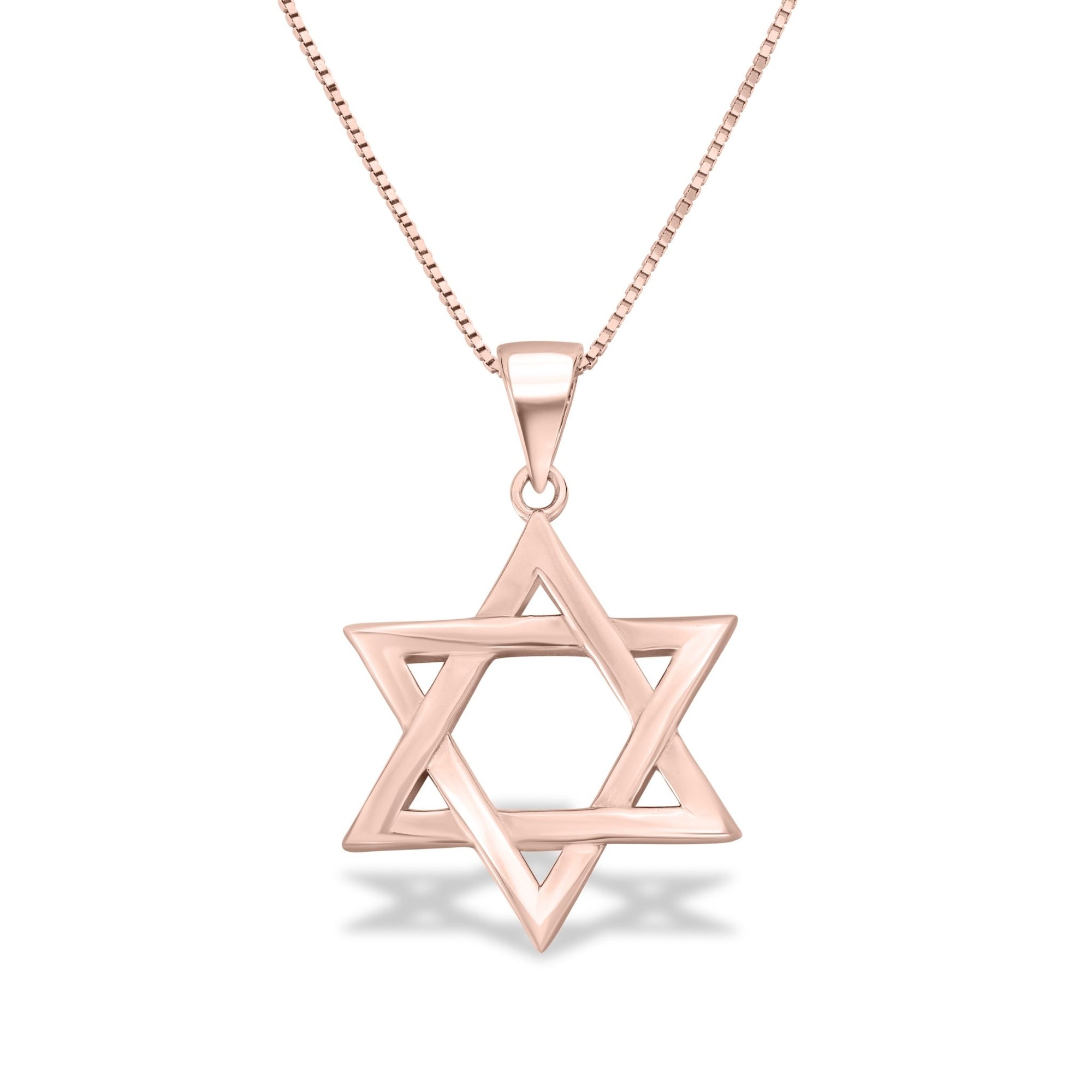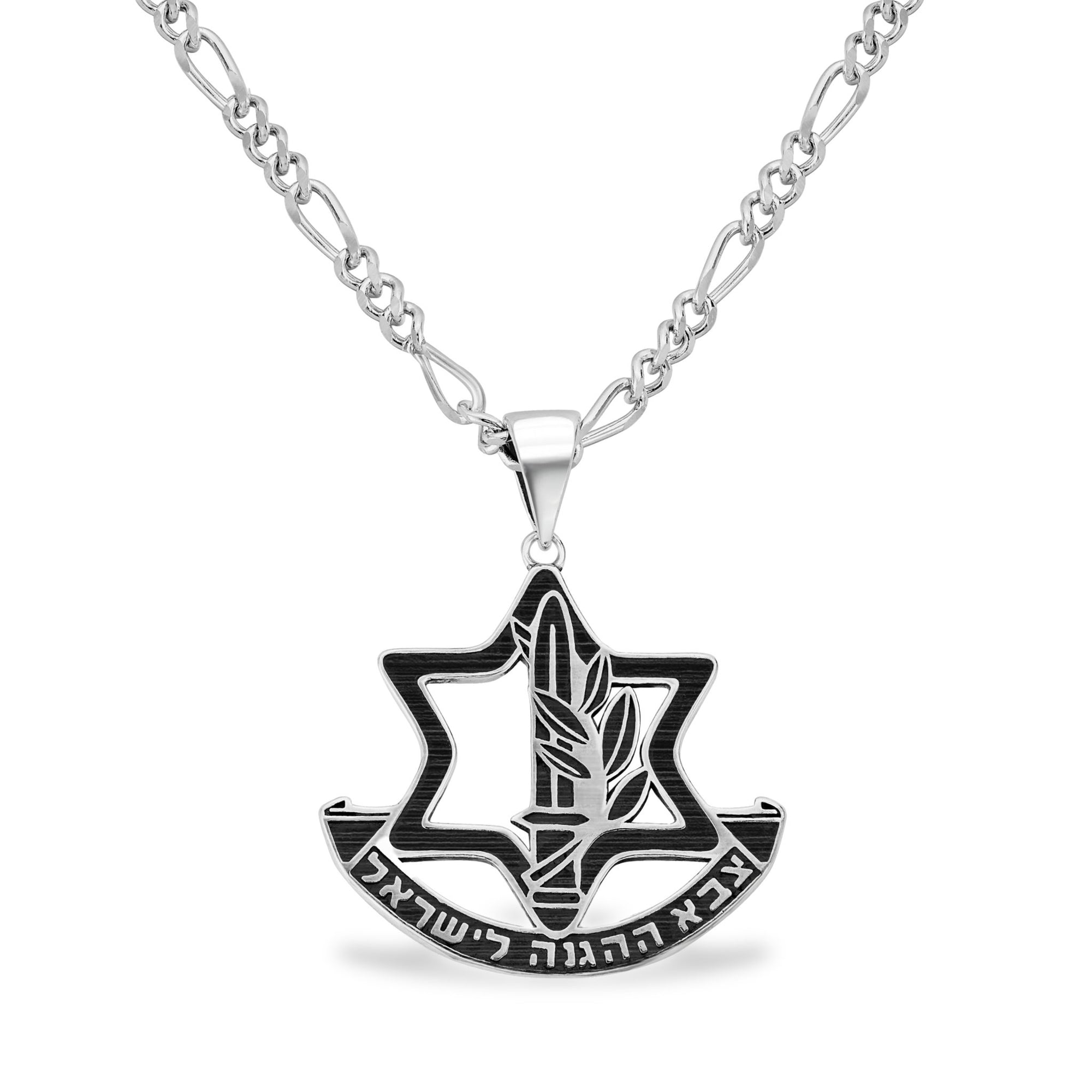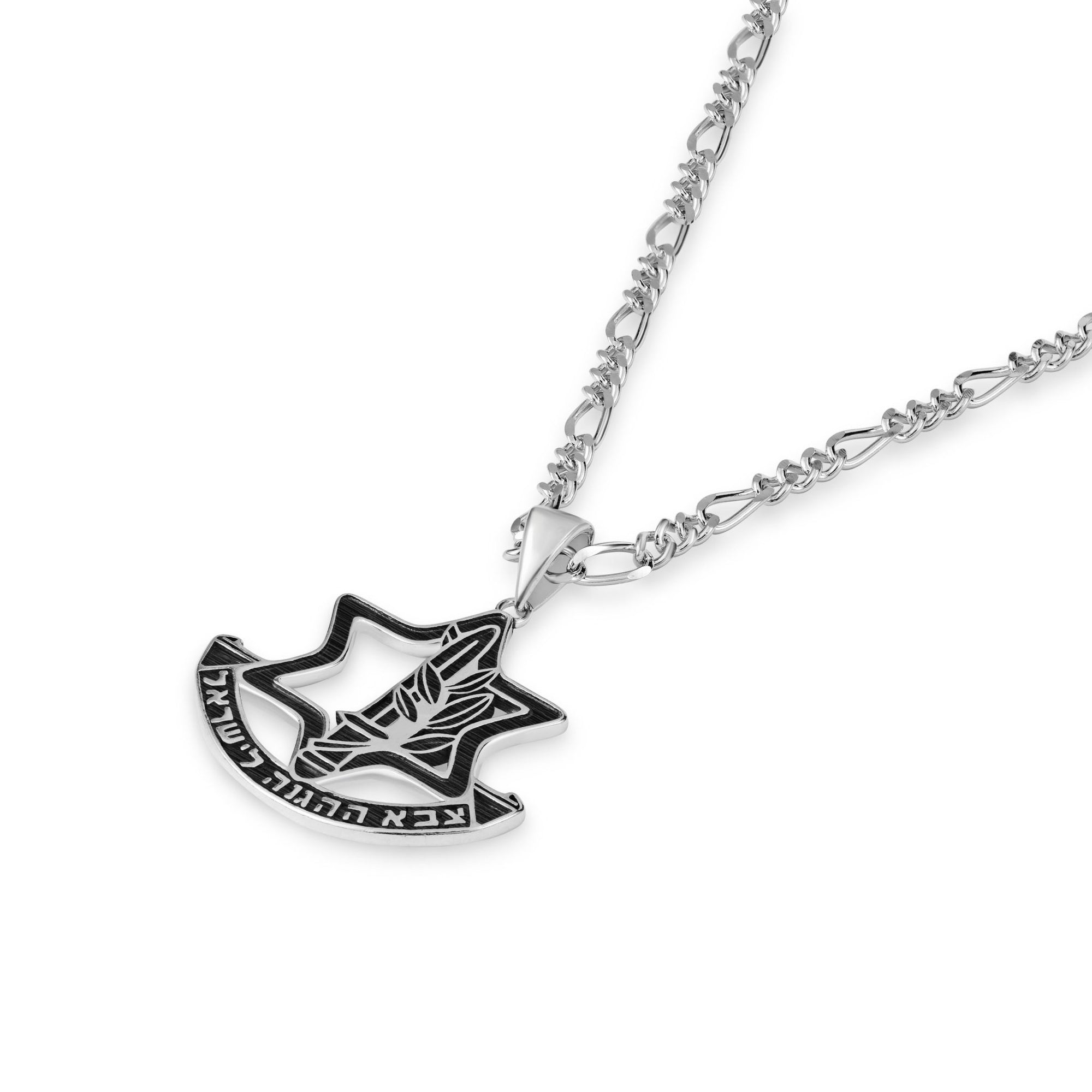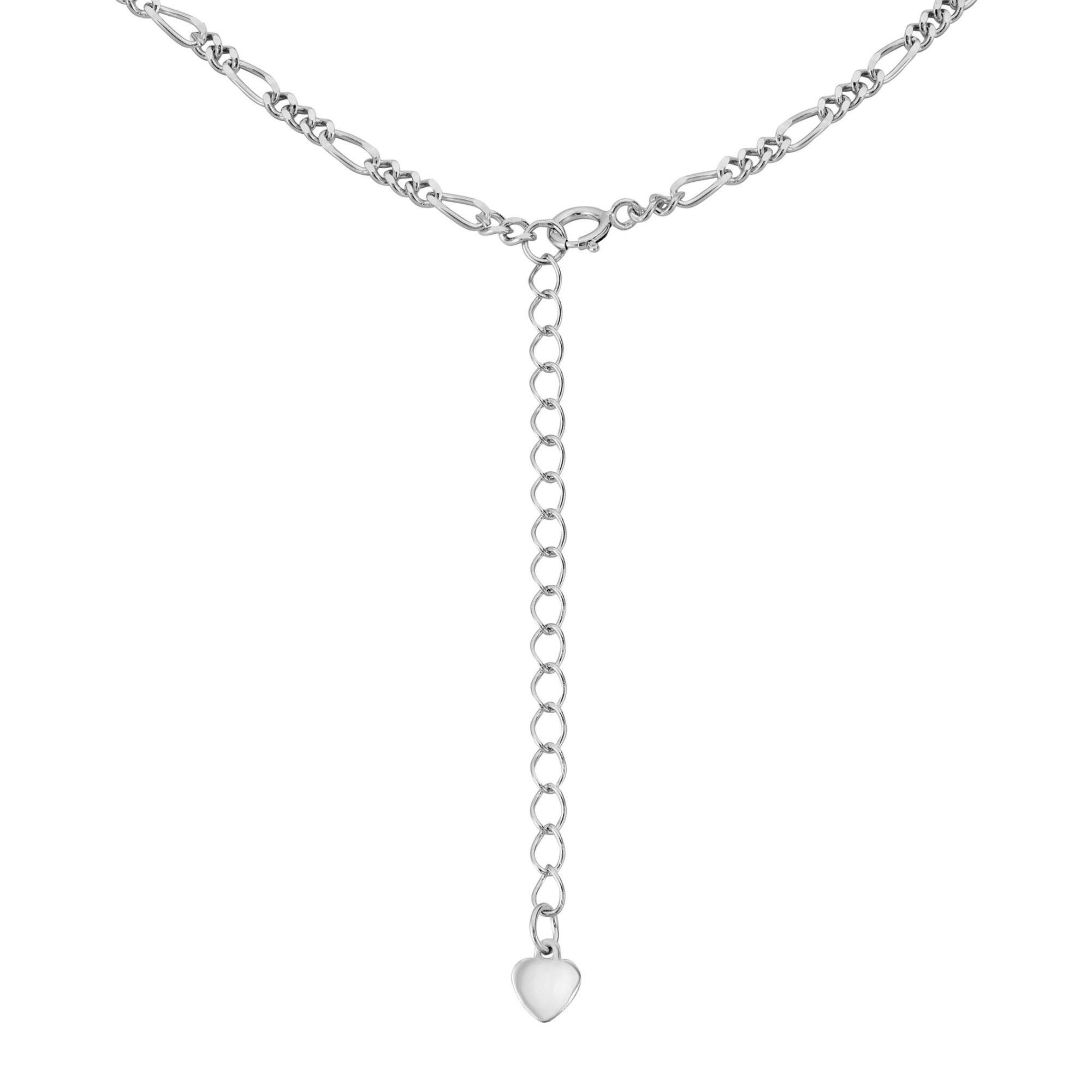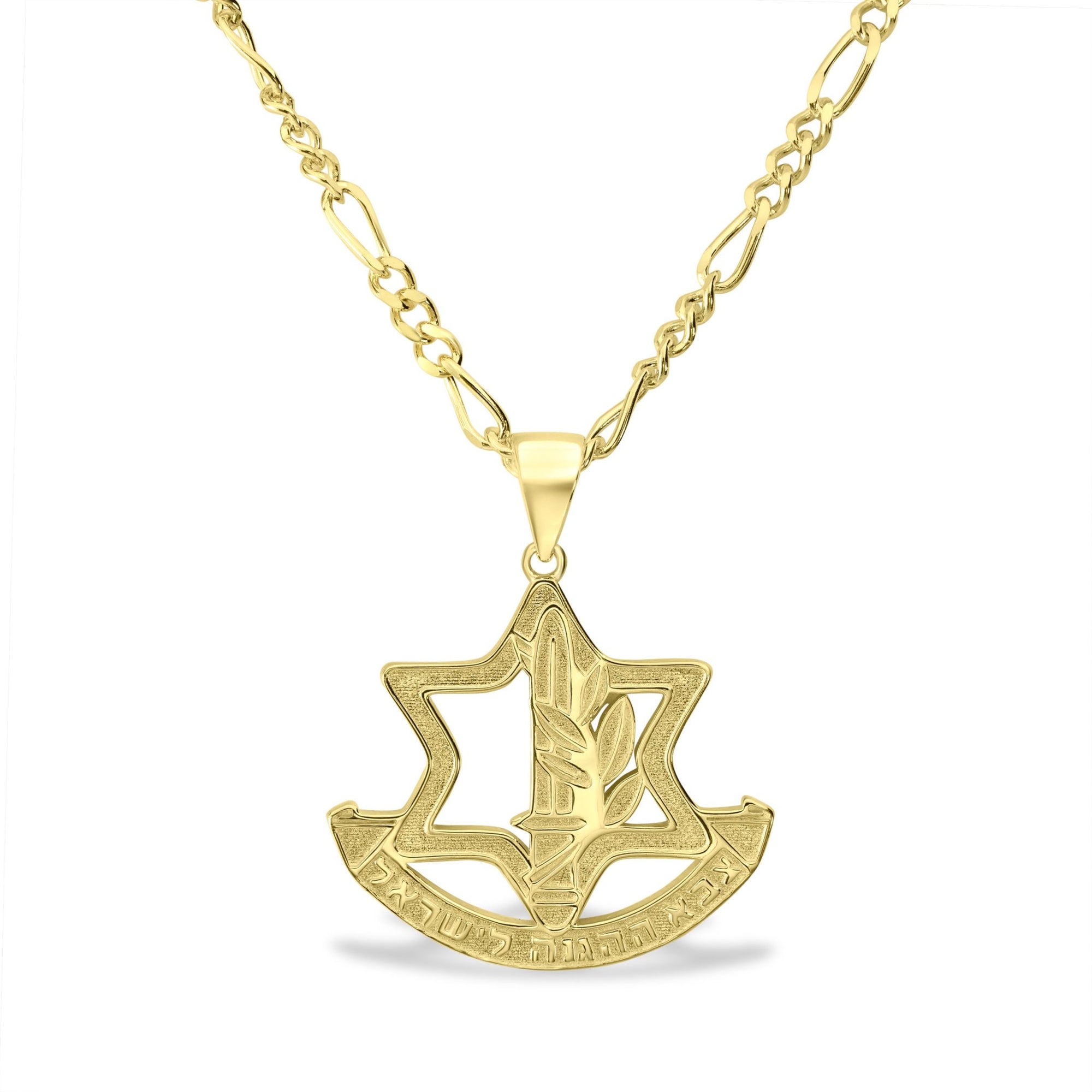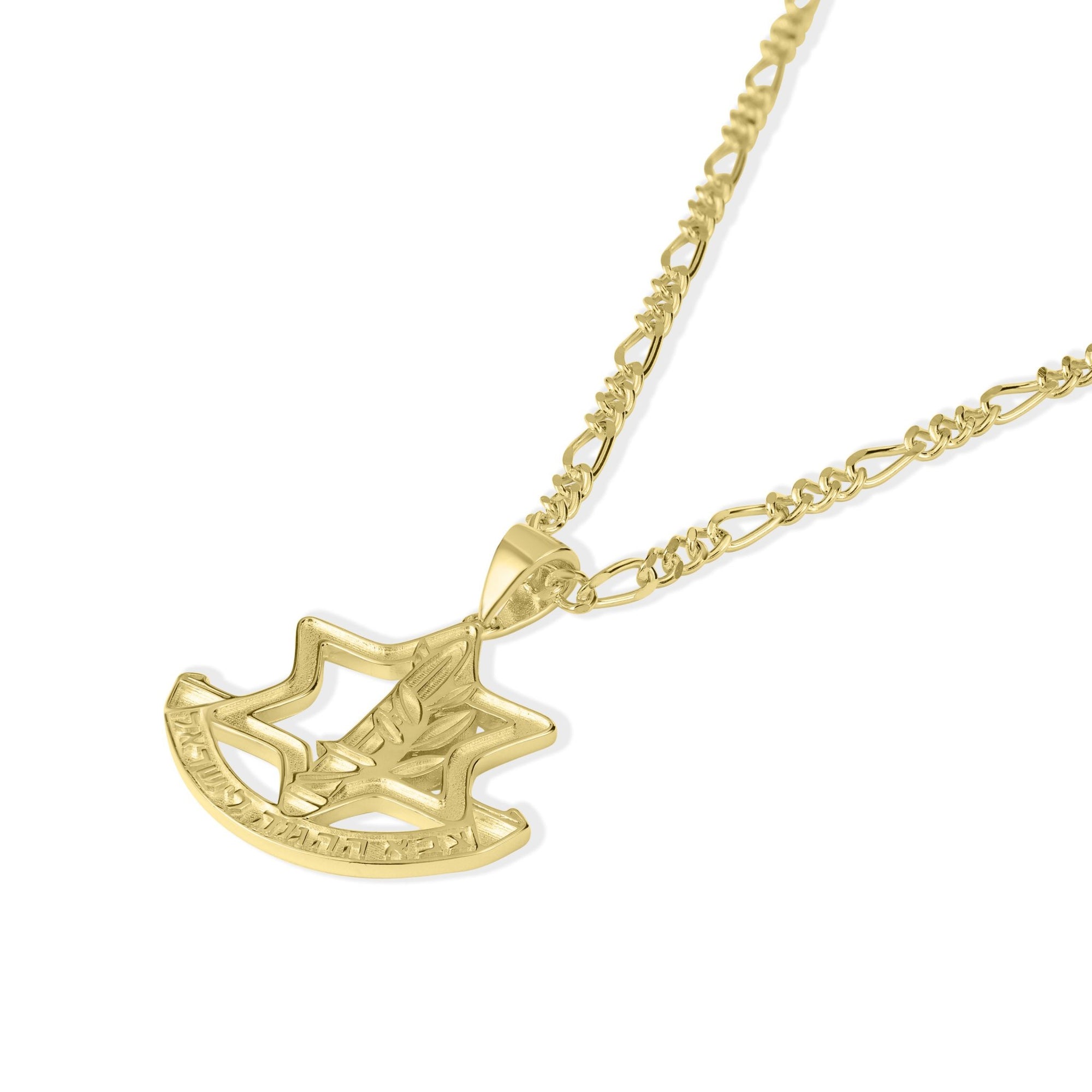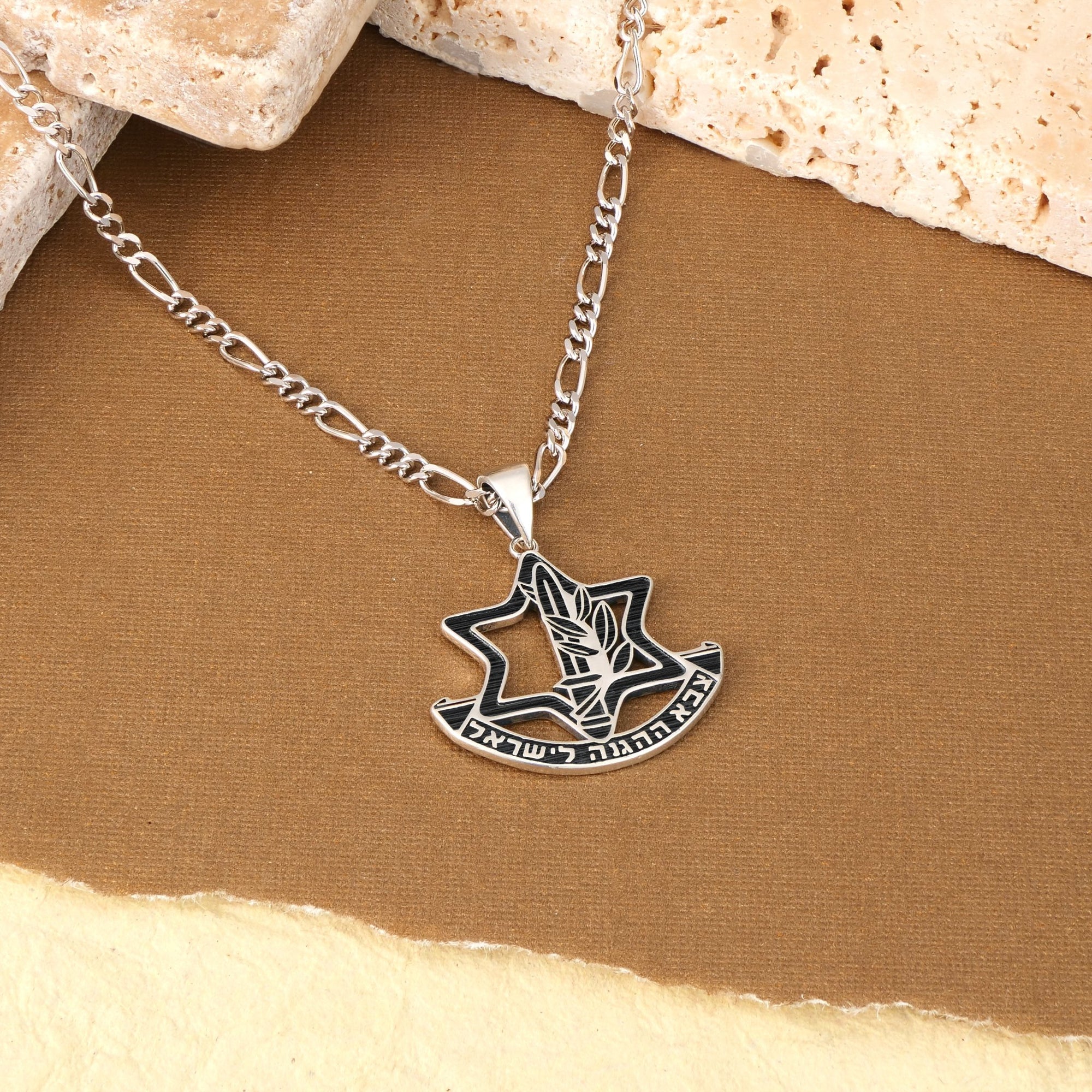Introduction to the Shofar's Significance
The shofar, an ancient horn traditionally crafted from a ram's horn, holds a profound place in Jewish history and spirituality. Reverberating through millennia, its haunting blasts have marked momentous religious events, called communities to reflection and repentance, and symbolized resilience in the face of adversity. Beyond its ritual function, the shofar's cultural importance extends into artistic expression and social identity within Jewish tradition and beyond. This article explores the shofar’s multifaceted significance and the diverse cultural merchandise associated with it, highlighting how this ancient instrument continues to resonate in modern life.
Historical Roots and Ritual Significance of the Shofar

What is the historical origin of the shofar and its early uses?
The shofar is an ancient musical horn made typically from a ram's horn and has roots that predate Judaism, having been part of older religious practices. It appears frequently in the Hebrew Bible and rabbinic literature, marking key moments like the divine revelation at Mount Sinai where its blast inspired awe among the Israelites. Historically, it was used to signal the new moon, announce the Jubilee year, begin wars, and take part in temple ceremonies.
How is the shofar used in Jewish religious rituals today?
In modern Jewish tradition, the shofar holds great importance during the High Holidays, especially Rosh Hashanah and Yom Kippur. It is sounded in particular sequences with different blasts such as tekiah (a long, steady note), shevarim (broken notes), and teruah (staccato sounds). These calls serve to awaken the soul to repentance, remind of God's kingship, and inspire spiritual reflection. Additionally, the shofar is blown daily during the month of Elul, except on Shabbat, preparing the community for the upcoming sacred days.
Who is qualified to blow the shofar in religious contexts?
The person who blows the shofar, called the ba'al tokeah, must meet specific traditional qualifications. According to Jewish law, this individual should be an adult male who is God-fearing and knowledgeable in Torah teachings. While practices vary, women generally do not fulfill this role, and slaves are prohibited from blowing the shofar. The ba'al tokeah must perform the ritual with the proper intent and skill to ensure the mitzvah—hearing the shofar—is valid (shofar blowing qualifications).
What are the specific sounds of the shofar and their meanings?
The shofar produces several distinctive sounds, each laden with spiritual symbolism:
- Tekiah: A long, straight blast symbolizing a call to attention and divine kingship.
- Shevarim: Three broken sounds representing sighing or crying, evoking repentance.
- Teruah: A series of short, staccato blasts expressing alarm and awakening.
- Tekiah Gadolah: An extended tekiah, signifying ultimate hope and redemption.
Together, these sounds create a powerful ritual experience aimed at stirring conscience and connecting worshippers to deep spiritual themes such as judgment, mercy, and renewal (shofar symbolism and sounds).
Symbolism and Spiritual Meaning of the Shofar
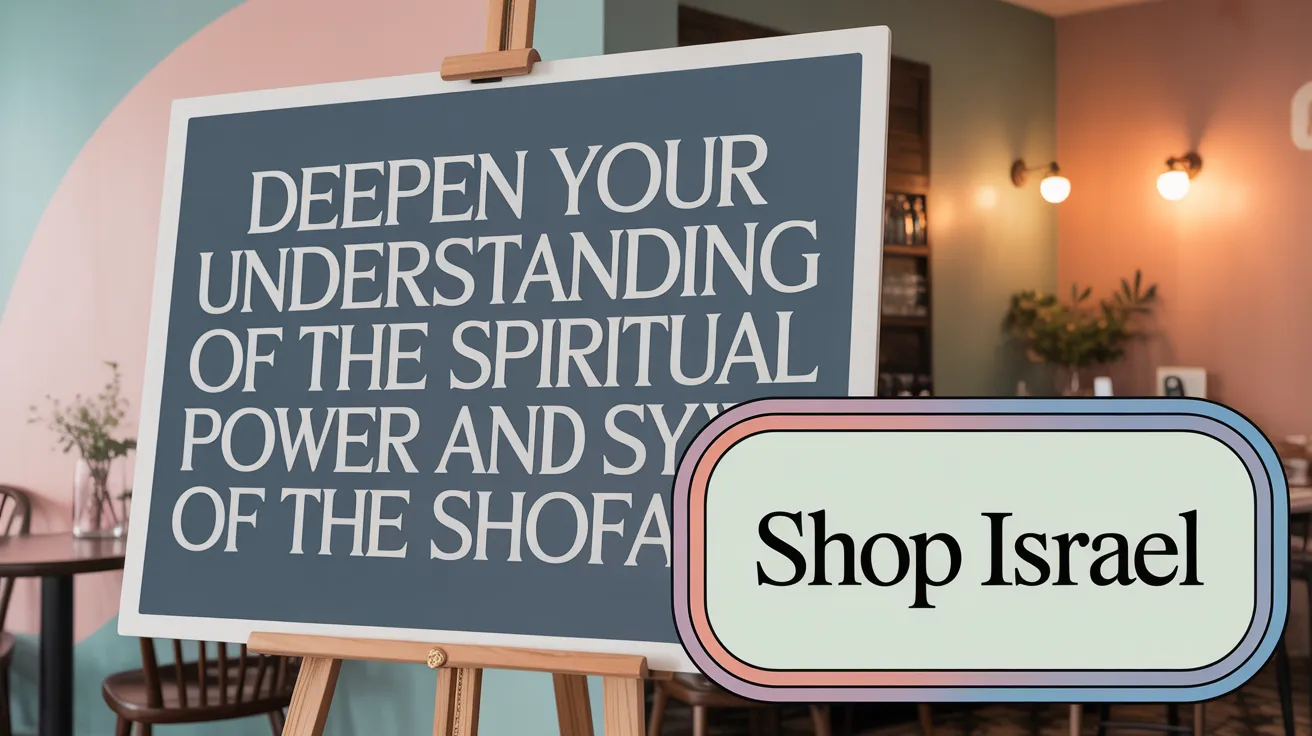
What does the shofar symbolize in Jewish spirituality?
The shofar is rich with spiritual significance in Judaism. It represents God's sovereignty and kingship, particularly highlighted during its sounding on Rosh Hashanah, the Jewish New Year. This act is akin to a coronation, reminding worshippers of the divine authority over creation.
Additionally, the shofar recalls the covenant made at Mount Sinai, where its powerful blast accompanied the giving of the Torah. It acts as a spiritual alarm, awakening people to conscience and encouraging personal repentance and communal renewal. The horn also symbolizes faith and devotion, tied directly to the ram sacrificed by Abraham in place of his son Isaac (shofar symbolizing Abraham's ram).
Its sound echoes the calls of the prophets, urging moral reflection and righteousness. Importantly, it carries historical memory, signifying the destruction of the Holy Temple and inspiring hopes for its rebuilding and ultimate redemption through the coming Messiah (shofar and the Messiah).
How is the shofar connected to biblical narratives and messianic expectations?
Biblical stories vividly illustrate the shofar's significance. The Binding of Isaac connects the ram's horn to divine mercy and self-sacrifice, deeply embedding it in themes of faith and redemption. The shofar's blasts famously caused the walls of Jericho to fall, symbolizing God's intervention in Israel's battles and triumphs (shofar in Jericho story).
Prophetic texts and Jewish tradition look forward to a future messianic era heralded by the shofar's sound. This dramatic trumpet call will announce the resurrection and the restoration of divine unity, representing ultimate redemption (shofar foreshadowing the Messiah. These motifs also appear in Christian symbolism, where the trumpet signs a spiritual wake-up call and the Second Coming of Christ, showing the shofar’s broad religious and eschatological influence beyond Judaism (shofar in Christian eschatology).
Diverse Designs and Types of Shofars: Cultural and Aesthetic Dimensions

What types of shofars exist and how do they differ?
Shofars come in several types based on the animal horn used, each offering unique shapes and sounds. Common varieties include:
- Ram's Horn: The most popular, especially in Ashkenazi communities, featuring a smaller size and warm baritone tones. See more about the Ram's horn shofar.
- Yemenite Kudu: Known for a majestic spiral shape and a loud, resonant sound, historically used by Yemenite Jews. Details available at Types of Shofars.
- Gemsbok Oryx: Characterized by straight, ribbed horns from southern Africa and Arabian Peninsula origins; see more at Shofar types and origins.
- Eland Horn: Less common with twisted shapes and varied brown hues. Additional info can be found in the Shofar Buying Guide.
These horns are typically hollowed and sometimes reshaped with heat. Size can affect mouthpiece dimensions and sound depth. Finishes range from natural and polished to embellished styles. For craftsmanship details and varying finishes, explore Shofar craftsmanship and finishing.
How do shofar designs reflect cultural symbolism and artistic expression?
Beyond their ritual role, shofars often bear artistic decorations rich in symbolic meaning:
- Embroidery & Painting: Some feature hand-painted scenes from Jewish history or symbolic emblems such as the Star of David and Menorah. Learn about symbolic shofar designs and decorations.
- Silver Plating: Adds artistry but may disqualify the shofar for strict ritual use. See Silver plated shofars and ritual considerations.
- Zodiac and Kabbalistic Symbols: Certain shofars incorporate the Tree of Life, zodiac signs, or geometric patterns inspired by Islamic art to signify divine infinity and spiritual growth. Discover the spiritual symbolism and mysticism in shofar designs.
- Motifs and Personalization: Floral and fauna decorations evoke renewal and courage, while personalized inscriptions offer a unique spiritual connection, reflecting the cultural identity in shofar designs.
These diverse designs highlight the shofar’s role as a cultural artifact conveying faith, history, and identity in addition to its sacred function, as explained in The Importance of the Shofar in Jewish Culture.
The Shofar’s Role Beyond Ritual: Cultural and Political Uses
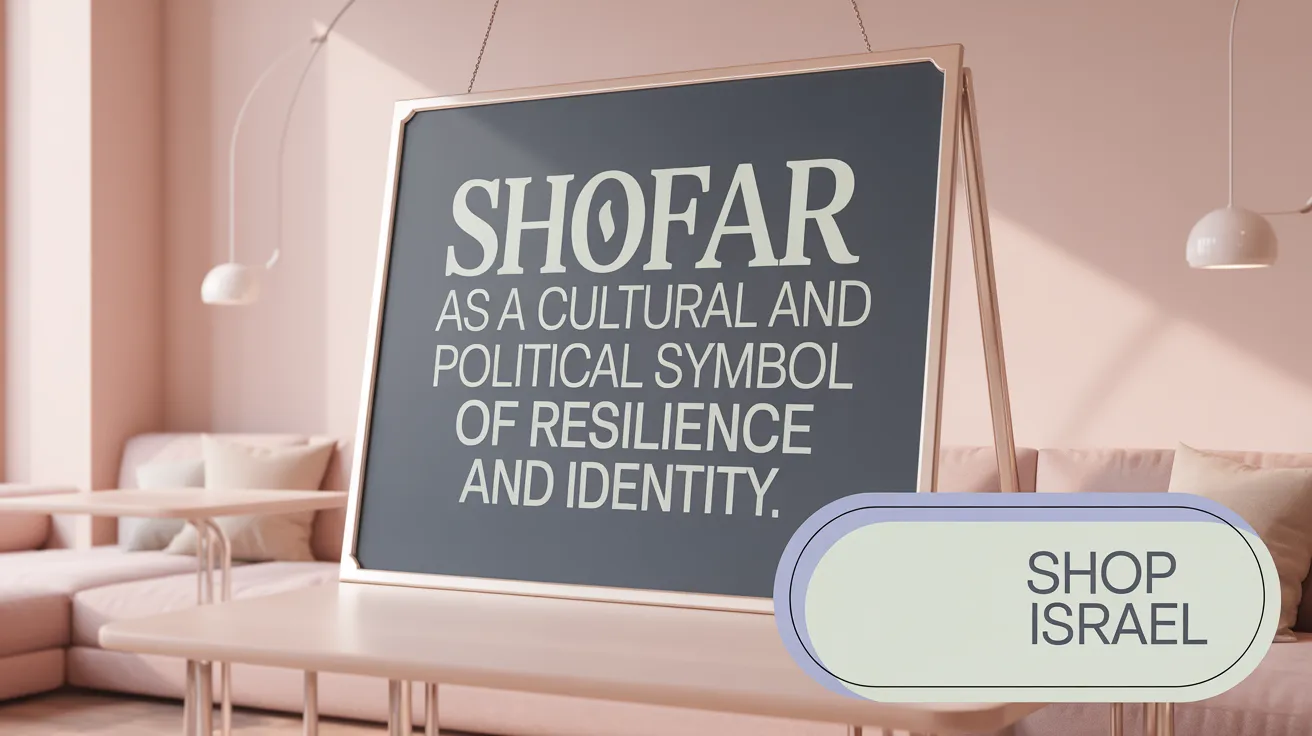
How has the shofar been used outside of formal religious rituals?
Beyond its sacred role in Jewish religious ceremonies, the shofar has served as a potent symbol in secular and political spheres. Historically, during the British Mandate in Palestine, Jews defied prohibitions by secretly sounding the shofar at the Western Wall. This act embodied their resilience, religious freedom, and longing for sovereignty (Shofar moments of endurance and liberation).
One of the most poignant moments came in 1967 during the Six Day War. Following the liberation of Jerusalem, soldiers sounded the shofar at the Western Wall, marking a powerful moment of national triumph and spiritual renewal (Shofar during Six Day War 1967.
In modern times, public campaigns such as the Chabad-Lubavitch shofar initiative have extended the mitzvah of hearing the shofar beyond synagogues. These efforts include blowing the shofar in hospitals, prisons, homes, and public spaces, broadening access and strengthening communal bonds (Shofar in hospitals, prisons, homes.
Besides political and public campaigns, the shofar resonates in music, film, and popular culture. It serves as an emblem of Jewish identity, spiritual awakening, and national pride in various artistic expressions (Shofar in popular culture. The instrument’s evocative sound and profound symbolism have made it a common feature in concerts, cultural festivals, and even demonstrations (Shofar in political demonstrations.
Overall, the shofar transcends its ritual origins, resonating as a symbol of endurance, hope, and collective identity across religious and secular contexts worldwide (Cultural significance of shofar.
Merchandise and Modern Shofar Culture: Tradition Meets Innovation
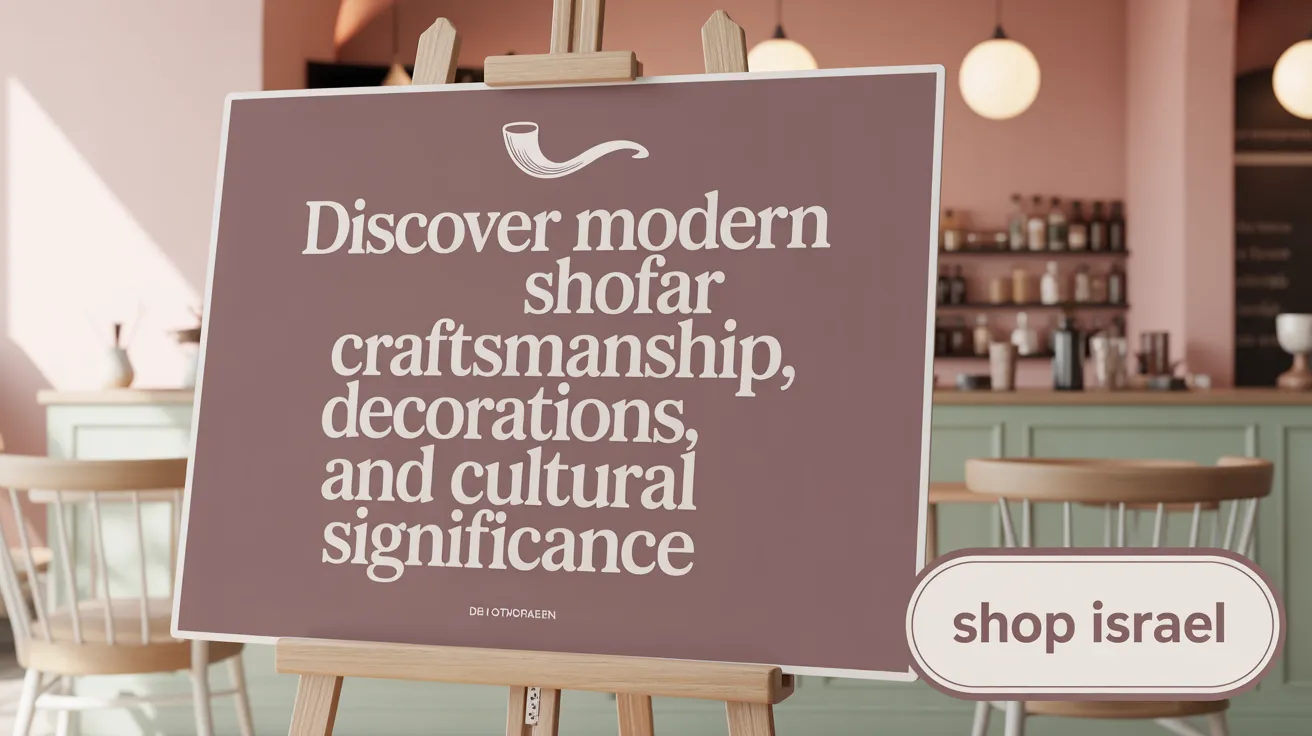
Production and Sourcing of Shofars Today
Most shofars sold today are crafted from the horns of kosher animals such as rams, kudus, or oryxes. The raw horns often come from regions like Israel, North and East Africa, and South Africa. These horns are hollowed out and shaped using heat and tools, maintaining their natural curvature. Production balances traditional craftsmanship with modern finishing techniques, preserving ritual validity while accommodating diverse aesthetic preferences. See more on Making a shofar and Shofar craftsmanship.
Selection Criteria When Buying a Shofar
When purchasing a shofar, buyers consider several factors. The animal source is primary: ram’s horns are most traditional, favored for ritual use, while kudu or oryx horns offer distinctive sounds and shapes popular in some communities. Size impacts sound—the larger the horn, typically the deeper the tone—and the mouthpiece size. Finish is another consideration; shofars can be natural, polished, or artistically decorated. Importantly, buyers seeking ritual use must ensure kosher certification and conformity to religious standards. Personal tradition and community norms often guide the choice. Rabbinical consultation is advisable to confirm suitability. For detailed guidance, see Buying a Shofar Guide and Consulting a Rabbi About Shofars.
Decorated and Specialty Shofar Merchandise
Beyond traditional forms, many shofars feature artistic embellishments such as silver plating, hand painting, or engraved Jewish symbols like the Star of David and Menorah. Specialty shofars may incorporate Kabbalistic symbols, zodiac motifs, or contemporary designs blending cultural heritage with modern artistry. Some shofars are personalized with names or prayers, strengthening their sentimental value. However, heavily decorated shofars may require careful scrutiny to ensure they remain ritually valid, as some Orthodox authorities do not accept plated horns for religious use. Explore examples of Shofar designs and what they mean and Decorated Shofars.
Significance of Shofar Merchandise in Cultural Identity
Shofar merchandise is more than ritual objects; they embody Jewish faith, history, and communal identity. Displayed prominently in homes and synagogues, decorated shofars act as cultural artifacts and spiritual reminders. The artistry expresses communal stories and values, fostering a tangible link to ancestral traditions. For many, owning a shofar connects them to the biblical past and the cycle of Jewish holidays. In educational settings, shofars facilitate teaching about heritage and religious practice. Thus, shofar merchandise strengthens cultural pride and continuity, bridging past and present with each resonant blast. Read more about Shofar in Jewish Culture and Cultural significance of shofar.
The Mystical and Spiritual Resonance of the Shofar
What is the mystical significance of the shofar in Jewish spirituality?
In Jewish mystical teachings, especially Kabbalah, the shofar holds profound spiritual importance. It is regarded as the "Breath of Life," a sacred sound that symbolizes the divine energy breathed into Adam and Eve at creation. This interpretation makes the shofar not just a musical instrument but a channel for spiritual vitality and connection to God.
The revelation at Mount Sinai illustrates this mysticism vividly. During the event, the shofar was sounded alongside thunder and lightning, producing a synesthetic experience—a blend of sound and vision—that revealed divine unity to the Israelites. This mystical moment highlights the shofar's power to bridge physical and spiritual realms.
The shofar's blasts are believed to facilitate spiritual awakening and healing. These sounds serve as calls to improve oneself, foster humility, and restore harmony within the soul. Thus, the shofar is not merely an ancient horn but a timeless summons to reflection, renewal, and embracing the sacred nature of each breath as a direct link to the divine.
Enduring Legacy of the Shofar
The shofar stands as more than a ritual instrument; it embodies a profound cultural and spiritual symbol that has echoed across Jewish history, faith, and identity for millennia. Its varied sounds continue to inspire introspection, humility, and hope, while its symbolic power ties the Jewish people to their biblical past and future messianic aspirations. The diversity of shofar types and designs, coupled with its presence in modern cultural and political arenas, demonstrates the dynamic ways tradition and innovation coexist. As a cherished object of worship, art, and communal memory, the shofar’s resonance shapes spiritual lives and cultural heritage worldwide, affirming an ongoing call to reflect, renew, and rededicate.



